INTRODUCTION
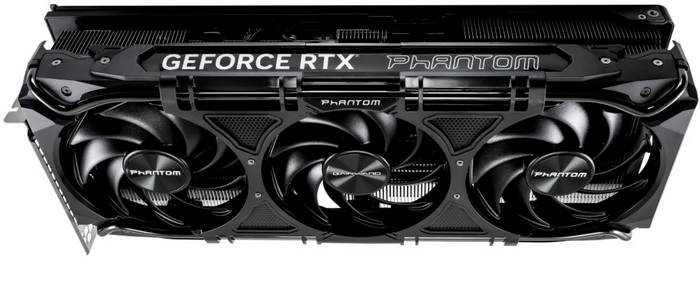
To think that in less than 3 decades from the days of 3DFX and their ground breaking Voodoo cards we'd reach a point when graphics cards have become immeasurably more powerful is truly an amazing thing. Granted, there will always be a special place in the memories of all who lived in the 90's since that's essentially when NVIDIA and ATI (AMD) took their very first steps in the graphics industry (or it could just be nostalgia) but as expected in terms of sheer power there's simply no comparison. Late last year both NVIDIA and AMD released their latest GeForce and Radeon lines and even though we're just months away from their soon to be unveiled lines today finally I'll be testing one of the best-selling GeForce RTX 4080 models currently in the market, the Phantom by Gainward.
Gainward was founded in 1984 with a commitment to develop the most advanced graphics accelerators in the industry and ensuring the highest level of customer satisfaction. Received great reputation for manufacturing of leading edge products for the enthusiastic market. Gainward “Golden Sample” (GS) and “Golden Sample Goes Like Hell” (GS-GLH) are two signature synonyms for aggressive over-clocked and extreme over-clocked graphics cards in the gaming society. As one of the top graphics cards leading brands, Gainward continues to provide cutting edge products with excellent quality. Furthermore, Gainward brand name symbolizes our belief in gaining trusts and respects from our valued customers. With Headquarter based in Taipei, Taiwan, factory in Shenzhen, China and European Headquarter in Germany. Gainward is ambitious to address worldwide market and cooperates closely with its globally localized channel partners.
As the name suggests the GeForce RTX 4080 was released as the replacement for NVIDIA's GeForce RTX 3080 GPU and is based on their latest 5nm AD103 silicon (codename Ada) which they've paired with 16GB GDDR6X on a 256-bit memory interface. The new Ada GPU by NVIDIA is actually quite impressive and so it sports a grand total of 9728 CUDA cores, 76 streaming multiprocessors (SM's), 76 ray accelerators (or ray tracing cores), 304 tensor cores, 304 texture mapping units (TMU's) and 112 raster units (or render output units). Needless to say, Gainward has further optimized the "vanilla" GeForce RTX 4080 and even though clocks remain the same (2505Mhz Boost, 2205MHz Core and 1400MHz memory) it still sports a single 16-pin +12VHPWR connector, triple two-ball bearing fan cooling solution (zero RPM mode supported), dual heatsink design (diffuser fins for optimal airflow) with both 6mm and 8mm nickel plated copper heatpipes, ultra-dense protection plate and metal backplate for increased durability, single ARGB LED zone and dual-BIOS (silent/performance). As for available outputs the GeForce RTX 4080 Phantom by Gainward comes ready with three DP v1.4a ports and a single HDMI v2.1a port.
SPECIFICATIONS AND FEATURES

PACKAGING AND CONTENTS
As with past models Gainward ships their GeForce RTX 4080 Phantom inside a black box that has a product picture at the front.
A few words about the card along with its main features and specifications are printed at the rear.
The card is wrapped inside a static-free bag and placed inside a thick piece of foam.
Along with the GeForce RTX 4080 Phantom inside the box Gainward has also placed a triple 8-pin to 16-pin +12VHPWR adapter, ARGB cable and a size adjustable card holder.
THE GEFORCE RTX 4080 PHANTOM
The GeForce RTX 4080 Phantom is a very large card measuring no less than 329.4mm in length, 141.6mm in height and 69.7mm in width (triple-slot).
Above you can see how the Gainward GeForce RTX 4080 Phantom compares to the Sapphire Radeon 7900 XTX Nitro+, the Sapphire Radeon 7900 XT Pulse and the AMD Radeon 7900 XT.
Unlike other cards all three fans spin counter clockwise.
I count 8 nickel plated heatpipes (6mm/8mm) passing through both heatsinks of the cooler Gainward has used.
The sole ARGB LED zone is located at the top of the card.
Gainward has placed the +12VHPWR connector at the center of the card.
At the rear front end, we find the dual BIOS switch (performance BIOS by default).
Almost the entire rear of the card is covered by a thick metal plate.
As mentioned earlier the GeForce RTX 4080 Phantom has three DP v1.4a ports and a single HDMI v2.1a port.
EXPERTTOOL II
Gainward’s latest version of their tuning tool allows the end user to choose between three presets/modes or make his very own by adjusting clocks, fan duty and of course the ARGB effect.
Of course, there's also a monitoring tab.
TEST BED
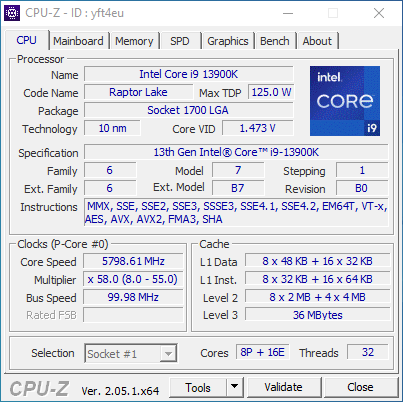

TESTING METHODOLOGY
Since I changed my graphics card test rig i decided to tweak things a bit and so the entire testing methodology has changed. So, for the foreseeable future for tests, I’ll be using the EV3285 monitor by EIZO (later on i may also add tri-monitor results since i do have 2 cockpits here in the lab) for 2160p UHD (3840x2160p), 1440p (2560x1440p) and 1080p Full HD (1920x1080p) tests. Needless to say, since most of you voted for it, I’ll also be using the Intel Core I9-13900K (5.8GHz P/4.7GHz E/4.9GHz RING), EVGA Z790 DARK test rig which I’ve completed with the Kingston FURY RENEGADE 32GB DDR5 7200MHz CL38 dual-channel kit.
Most games have also been changed so instead of manually testing every single one (and always allowing a small percentage of error) i chose all the latest ones to feature a built-in benchmark. In certain cases, built-in benchmarks may perform better than in-game but my purpose is comparison and not what one can expect in terms of in-game performance. So, this list includes Chernobylite, Cyberpunk 2077, F1 2022, Far Cry 6, Forza Horizon 5, Guardians Of The Galaxy, Horizon Zero Dawn CE, Metro Exodus Enhanced Edition, Red Dead Redemption 2 and Returnal. Also, since some of you have asked for Synthetic benchmarks in the past, I’ll also be using Speed Way and Port Royal from 3D Mark.
As with the past options like power saving, sharpness and overlays are all disabled in the cards we’re testing (to achieve the purest and maximum performance) and all tests are repeated a total of 3 times in a fresh Windows 10 Pro installation with all updates installed until the day of our review (same as all the games used). Room temperature is as usual controlled and steady at 23 degrees Celsius for all tests and to record the temperatures of the cards we used AIDA64 and GPU-Z. Recording noise levels is done with an ExTech HD600 dBA meter from a distance of just 15cm away while power consumption is measured again using GPU-Z.
TEST RESULTS – SPEED WAY
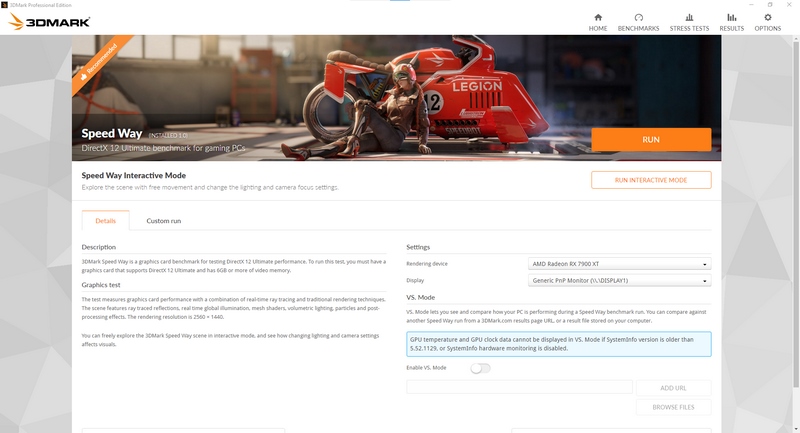
3DMark Speed Way’s engine is assembled to demonstrate what the latest DirectX API (12 Ultimate) brings to ray traced gaming, using DirectX Raytracing tier 1.1 for real-time global illumination and real-time raytraced reflections, coupled with new performance optimizations like Mesh Shaders.
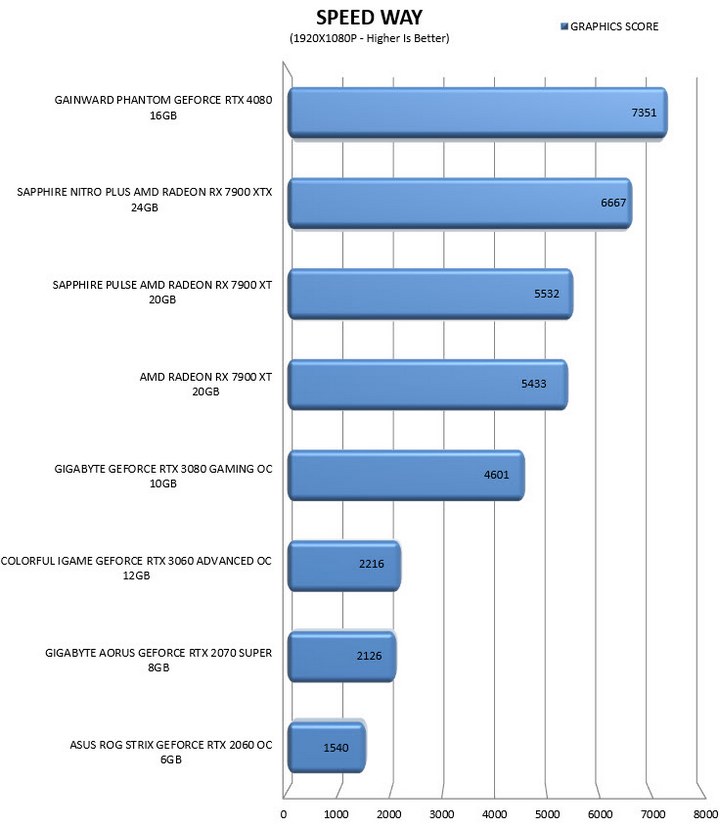
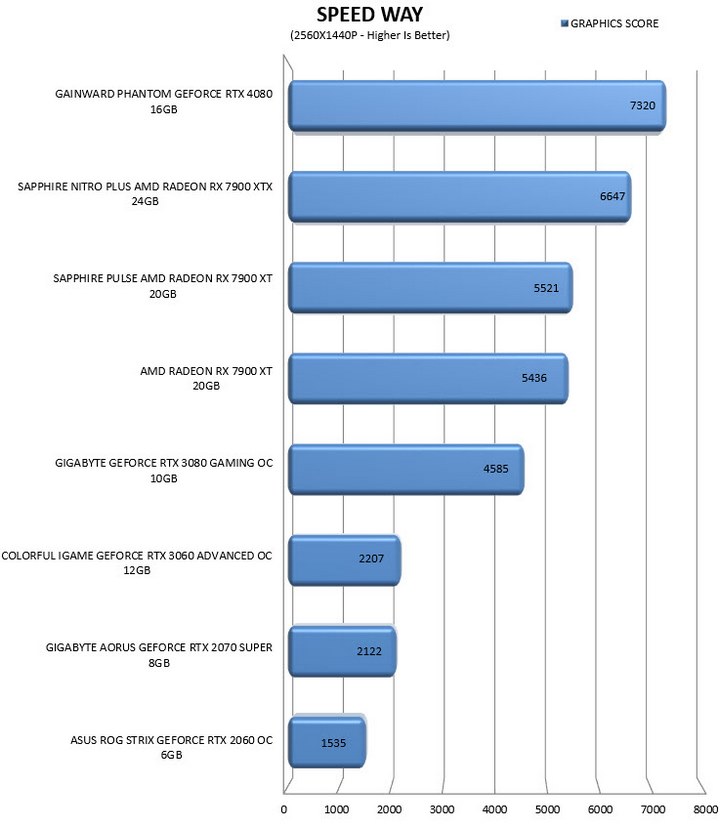
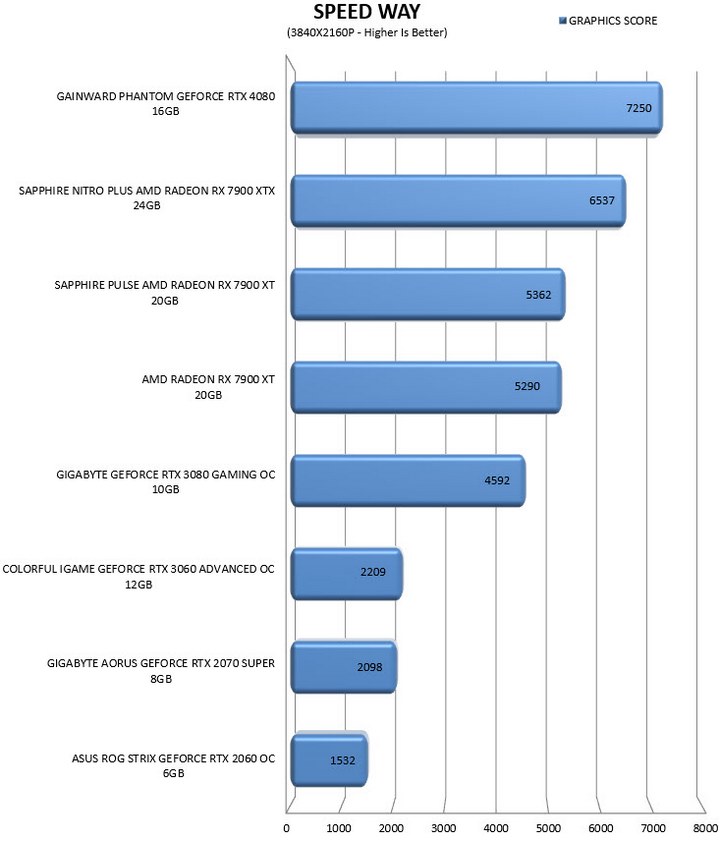
TEST RESULTS – PORT ROYAL
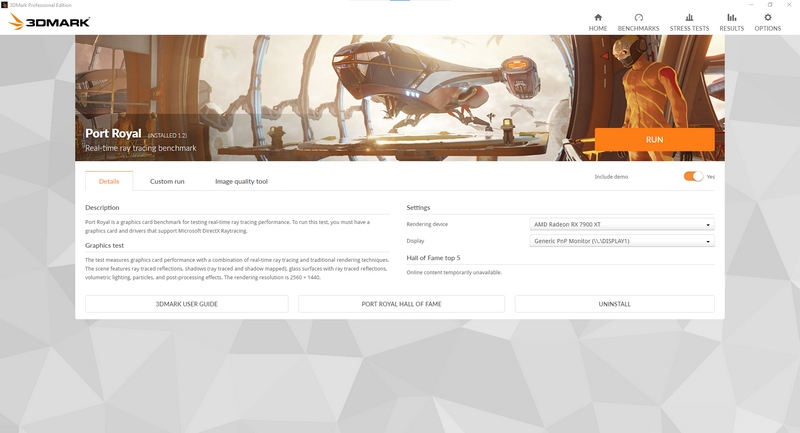
3DMark Port Royal is the world’s first real-time ray tracing benchmark for gamers. It shows you how well your PC handles ray tracing effects in real-time.
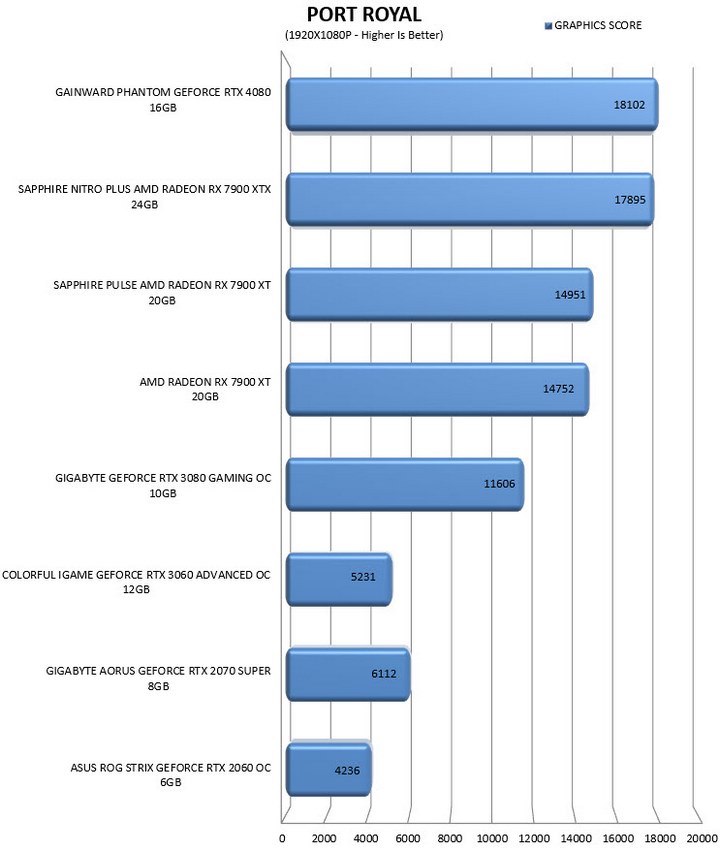
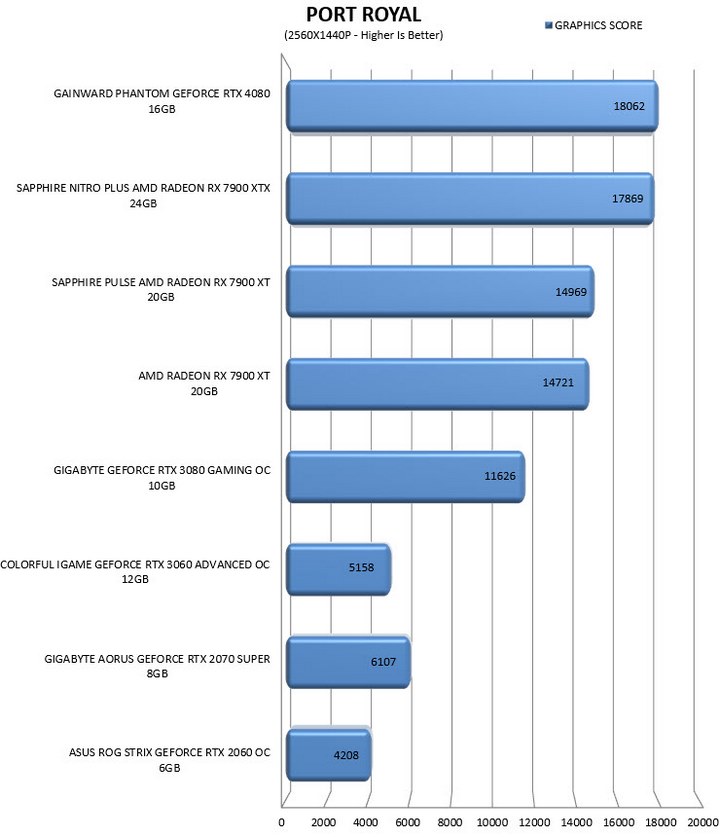
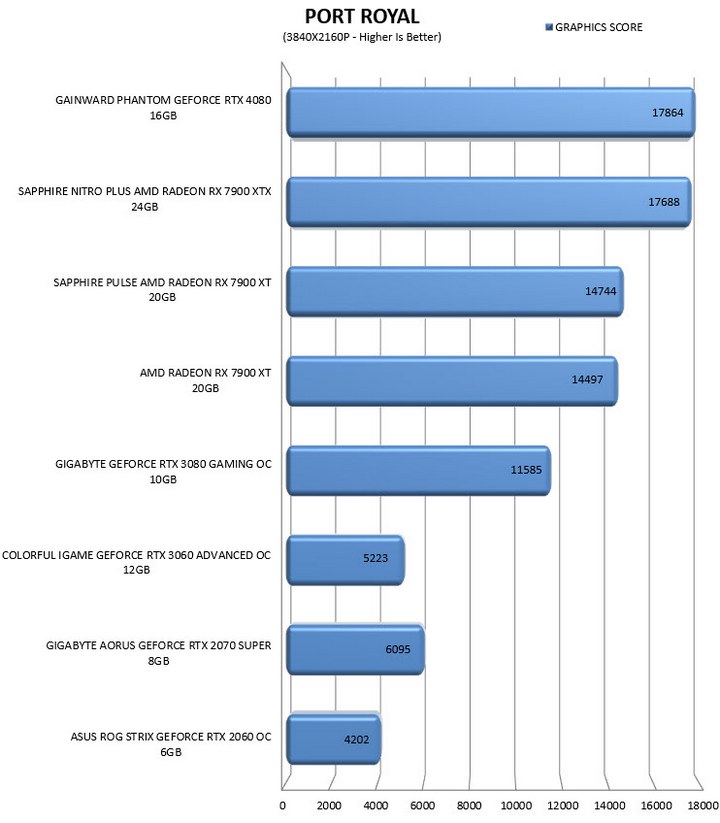
TEST RESULTS – CHERNOBYLITE
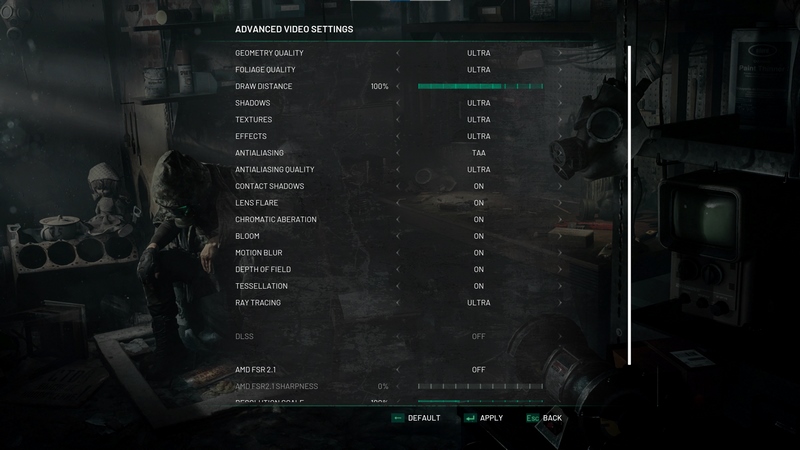
Chernobylite is a 1st person RPG set in the hyper-realistic, 3D-scanned wasteland of Chernobyl's Exclusion Zone. It's based on Unreal Engine 4 and will be used at Ultra graphics (RT Ultra/Off).
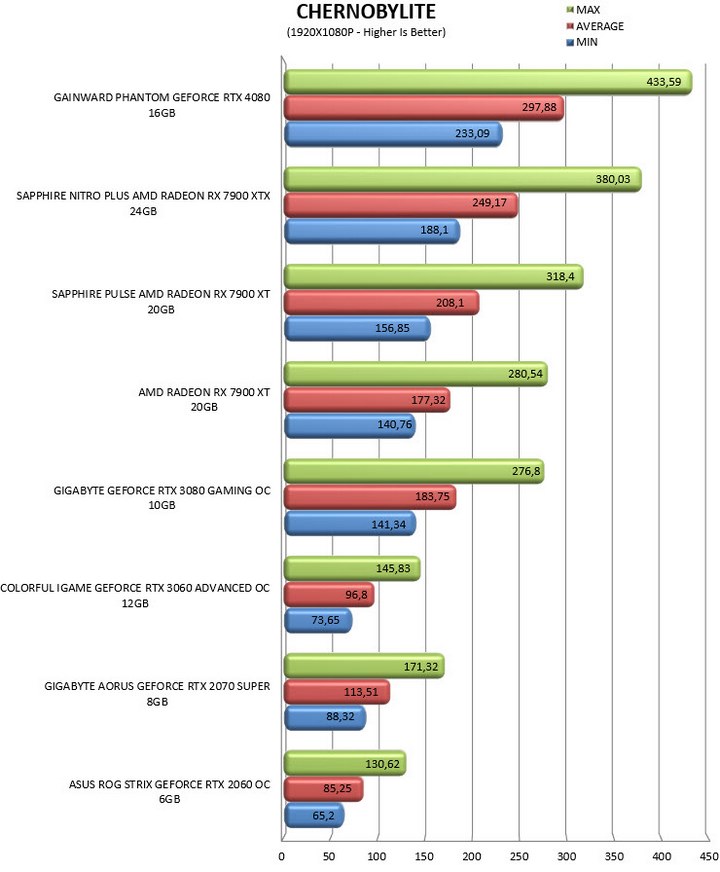
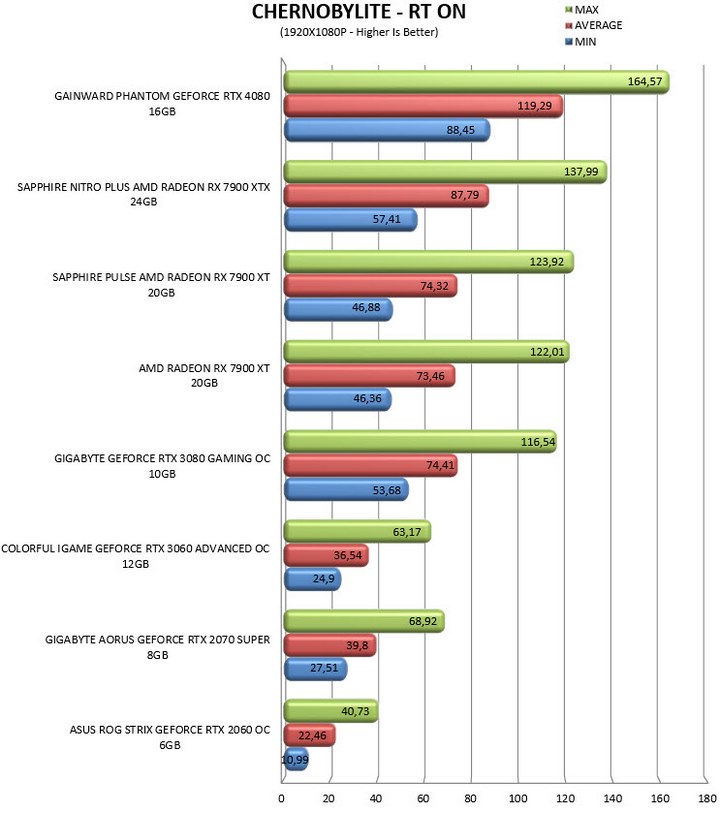
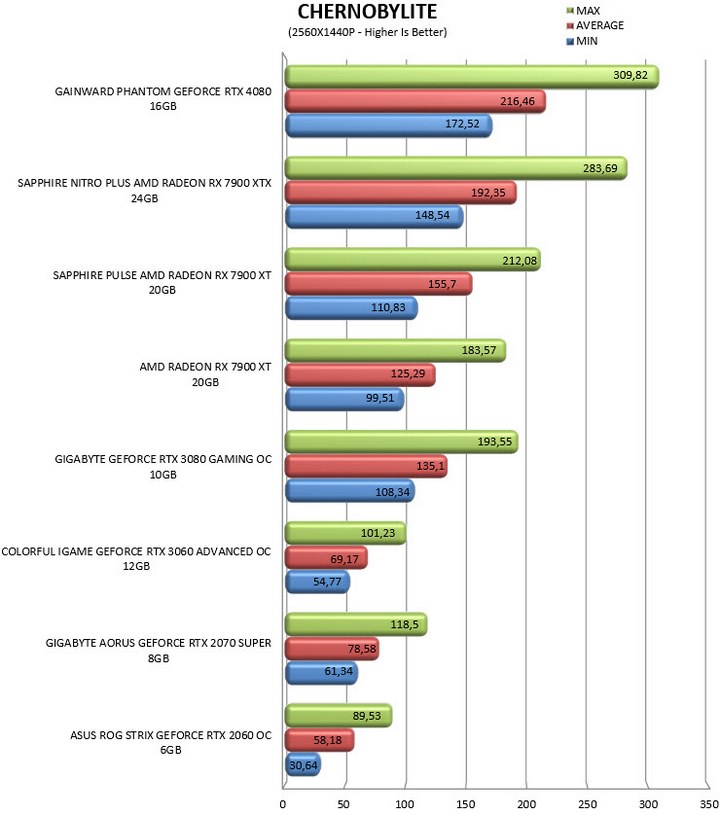
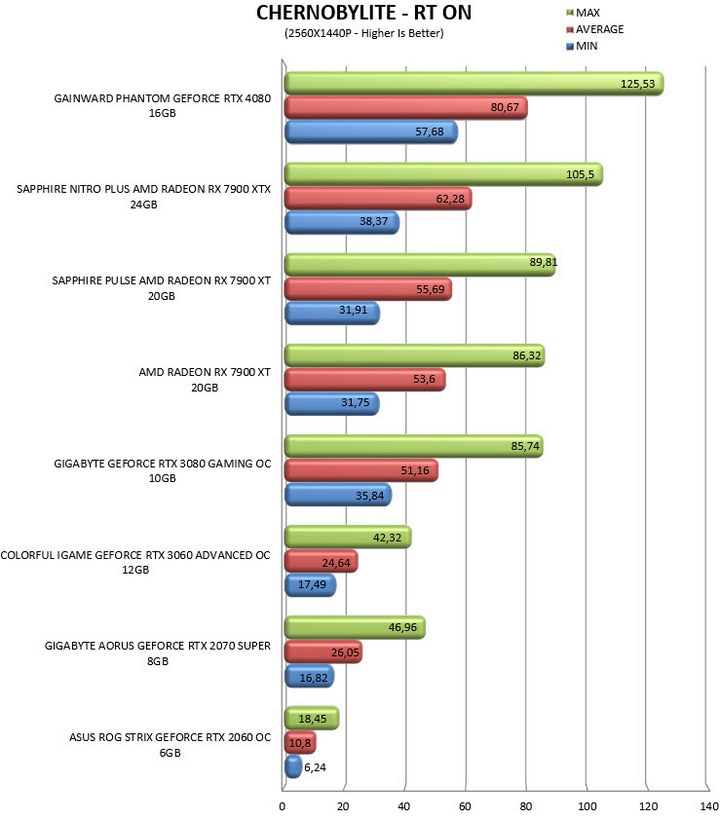
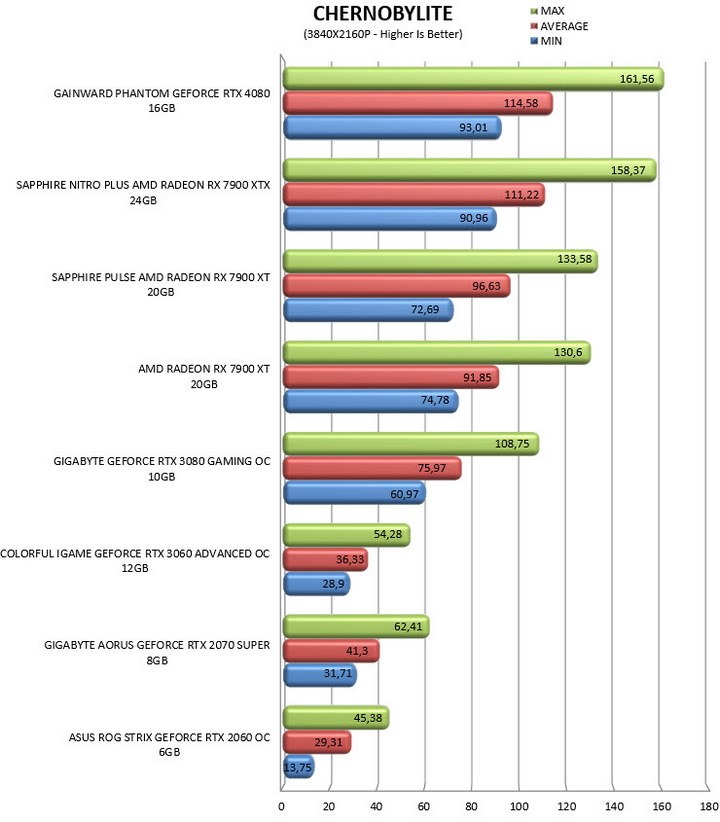
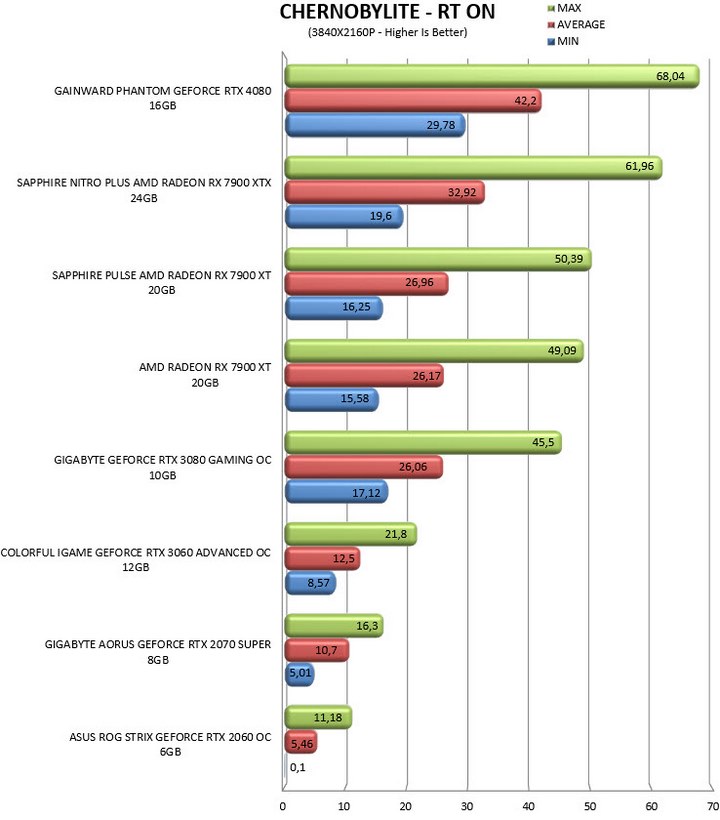
TEST RESULTS – CYBERPUNK 2077
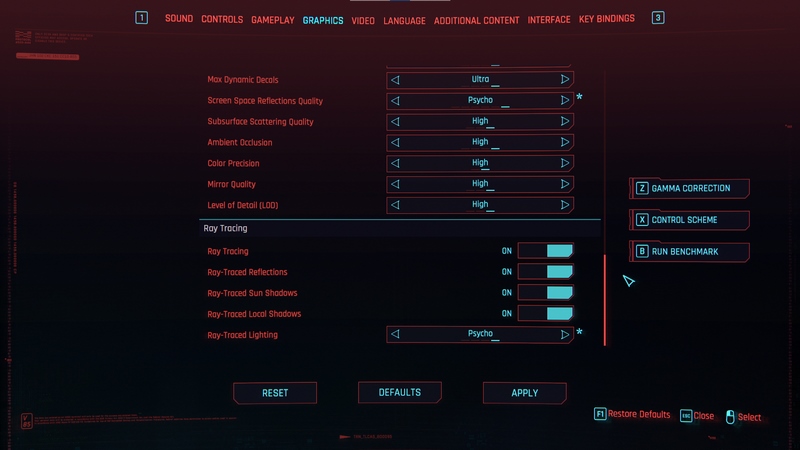
Cyberpunk 2077 is the latest game by CD Project and is based on their REDEngine 4. Graphics are set at Ultra/Psycho (RT Psycho/Off).
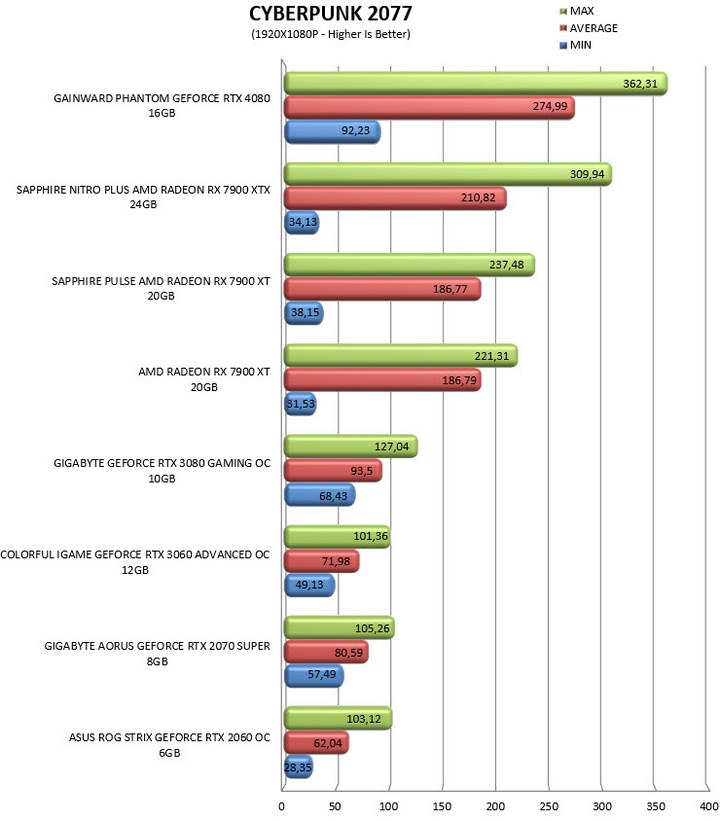
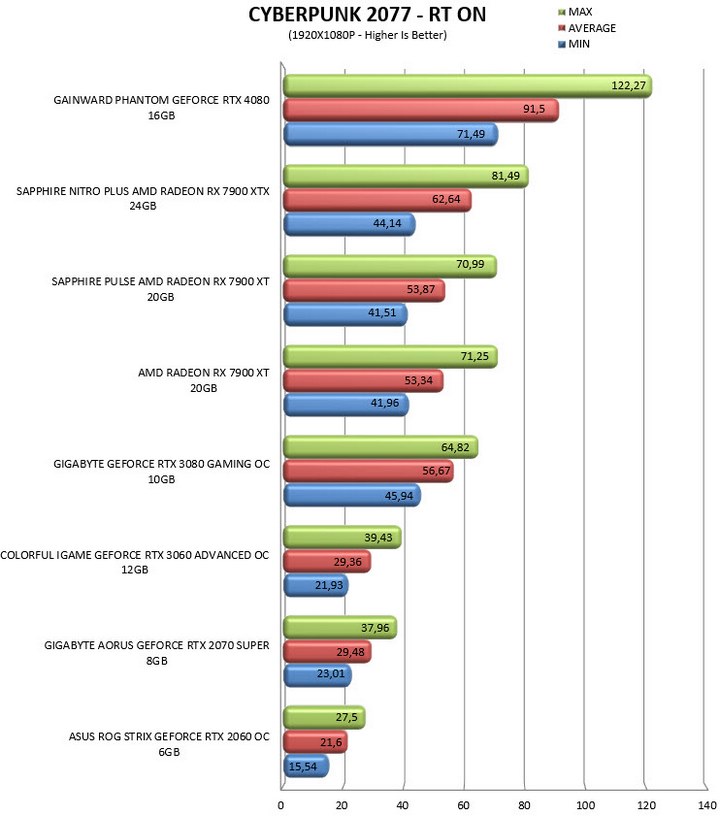
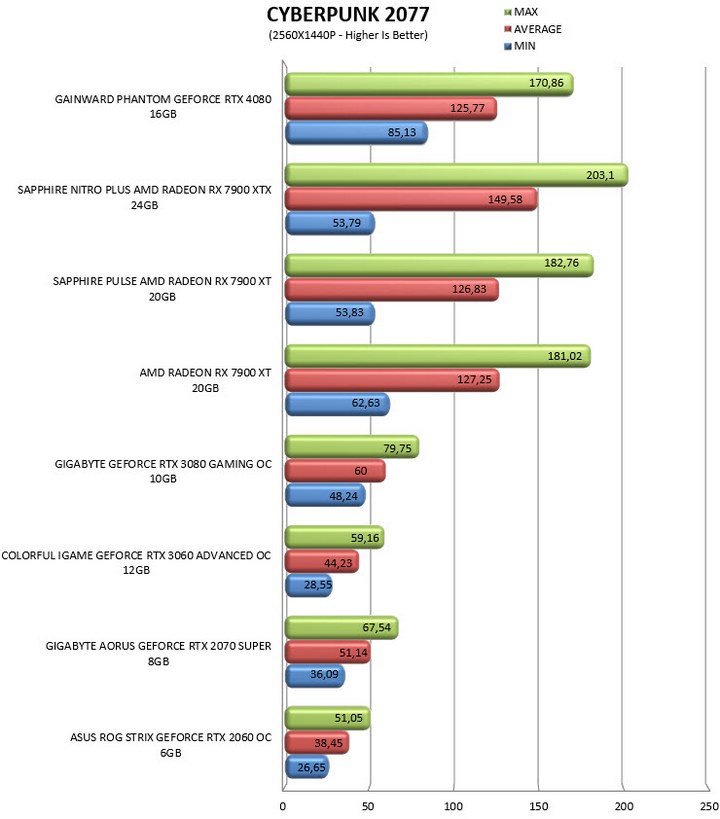
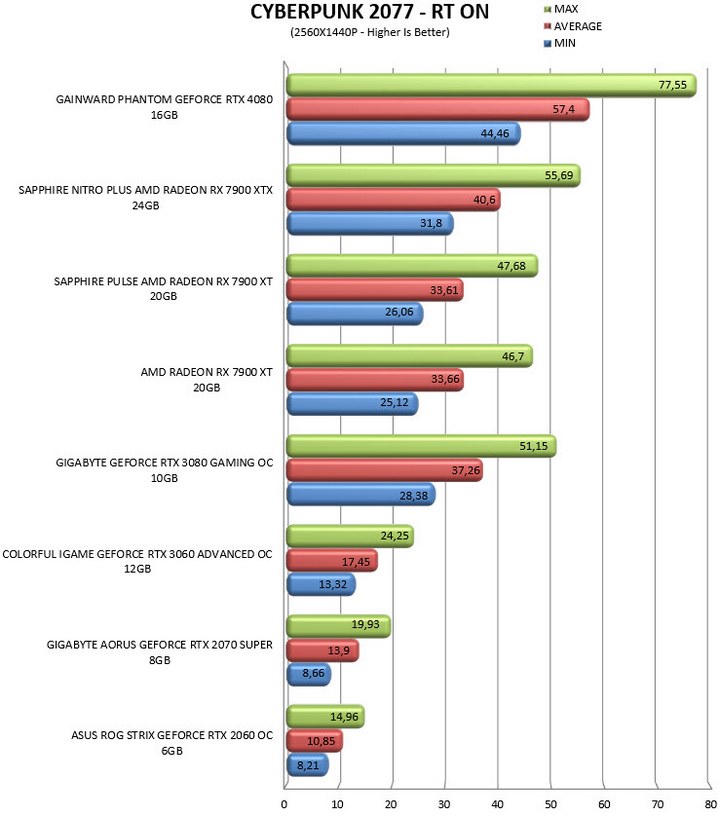
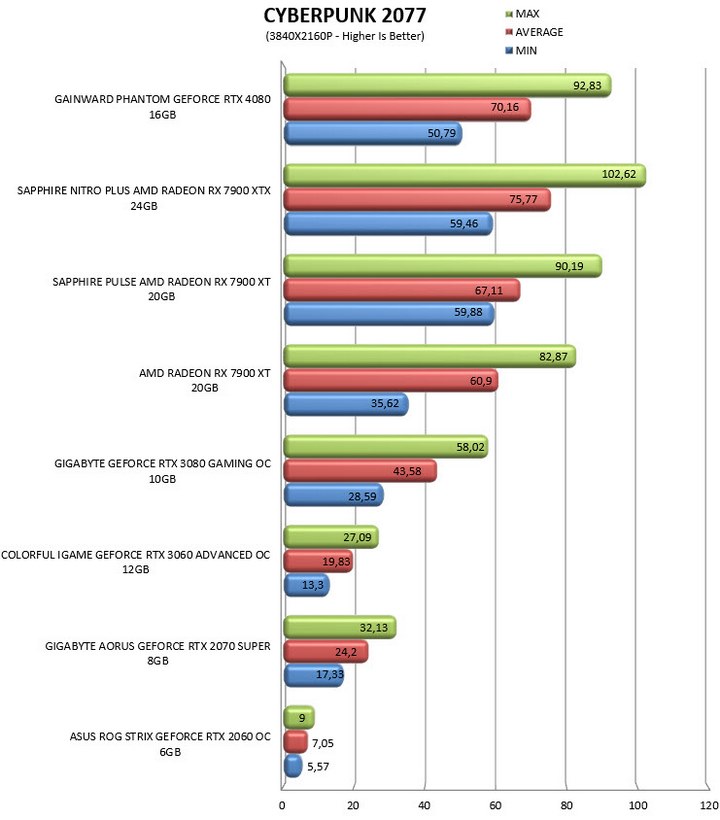
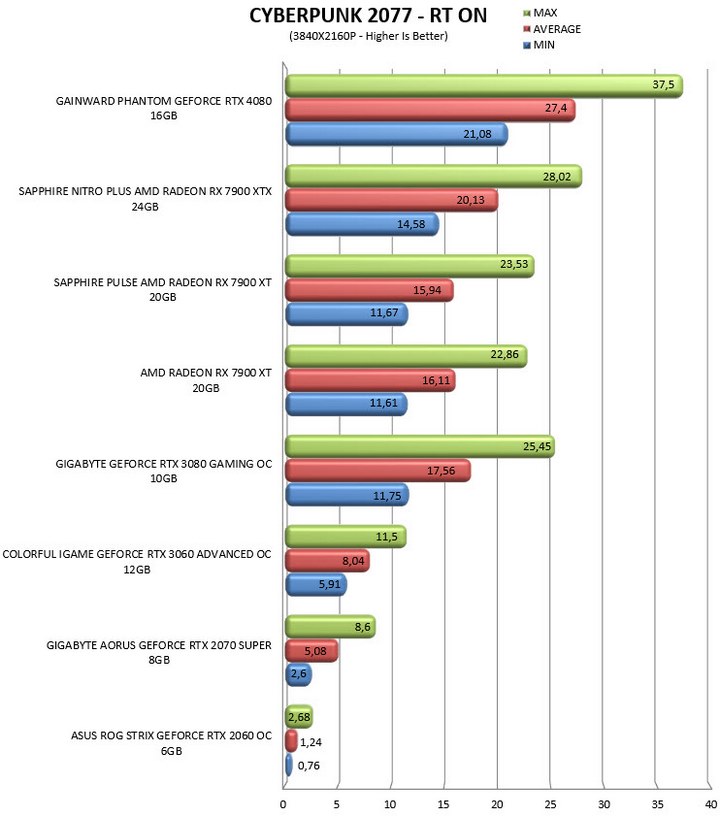
TEST RESULTS – F1 2022
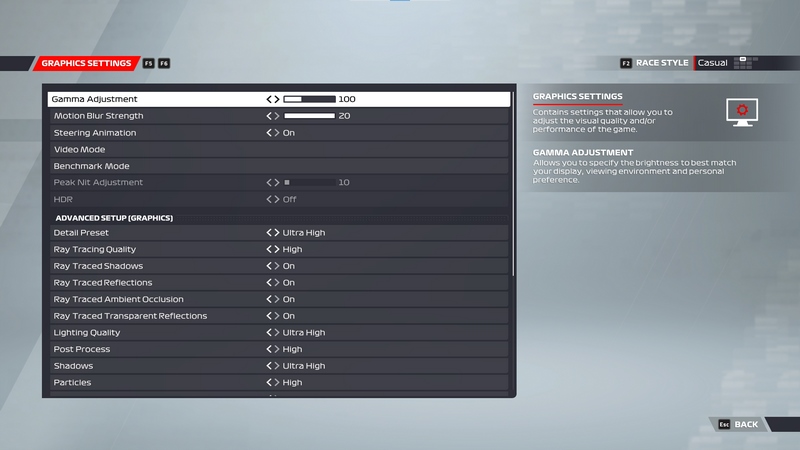
F1 2022 is built on Codemasters' in-house engine, EGO, which has been upgraded to include DX12 and Ray-Tracing. Graphics are set to Ultra High (RT is enabled in all tests).
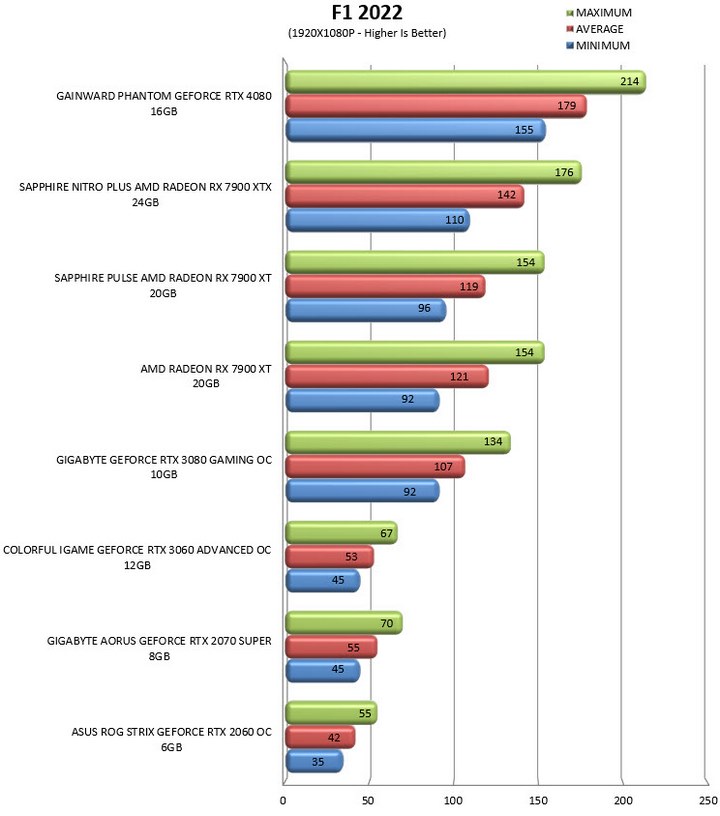
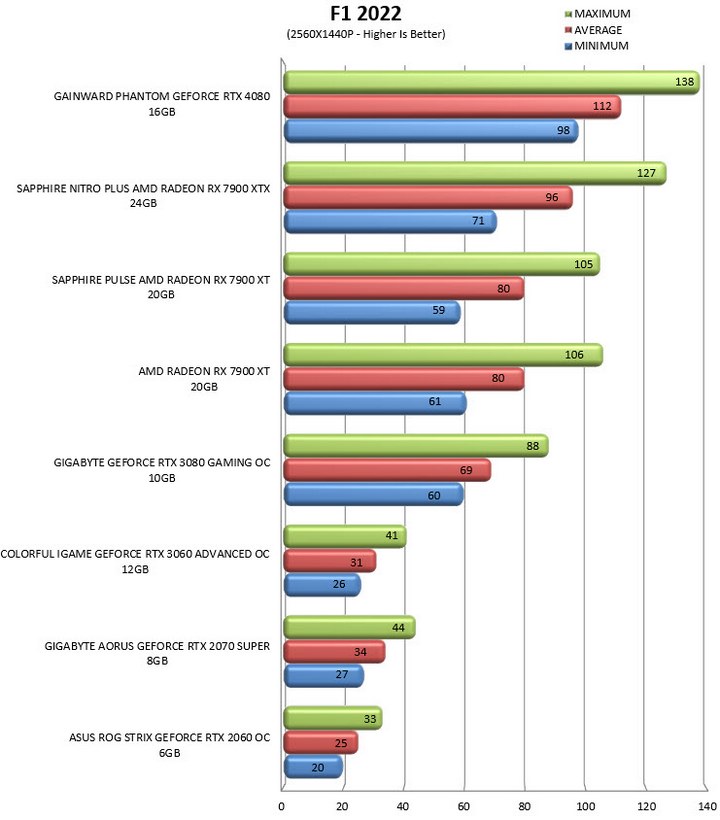
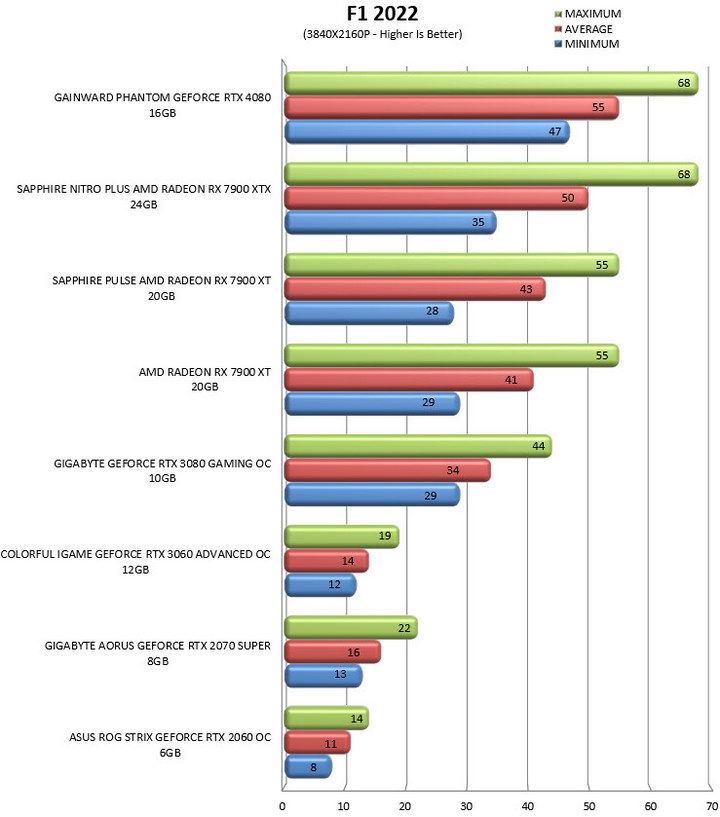
TEST RESULTS – FAR CRY 6
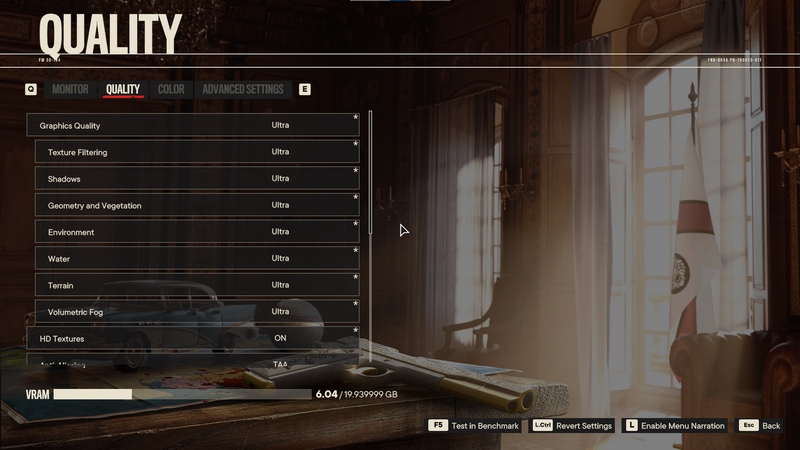
Far Cry 6 is based on the Dunia engine. Graphics are set to Ultra with DXR enabled.
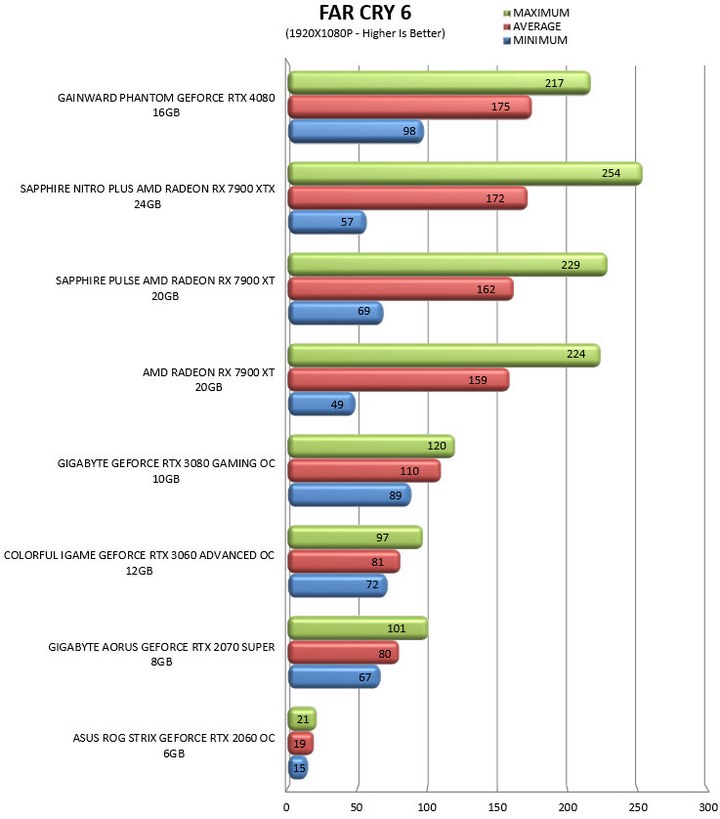
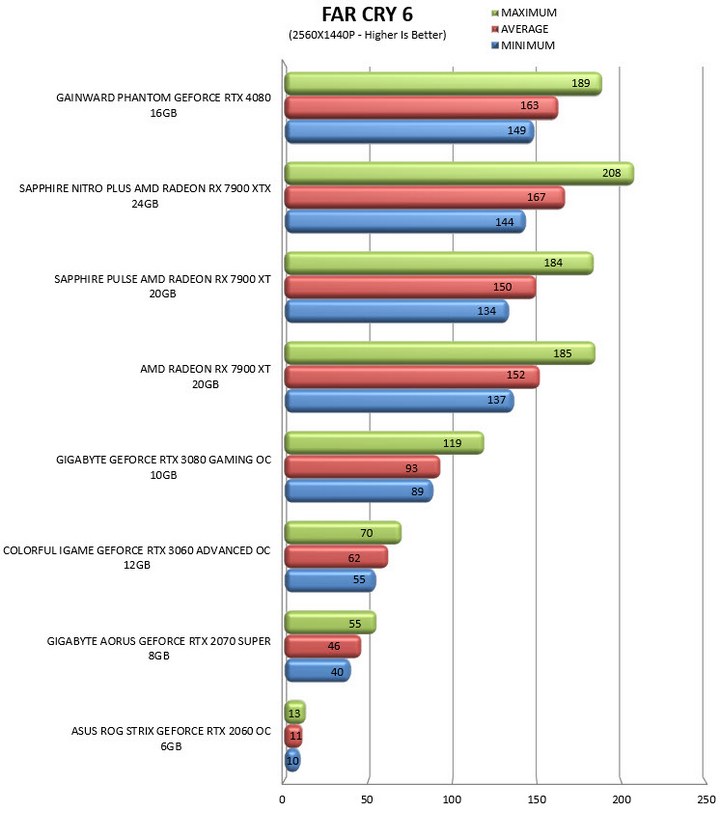
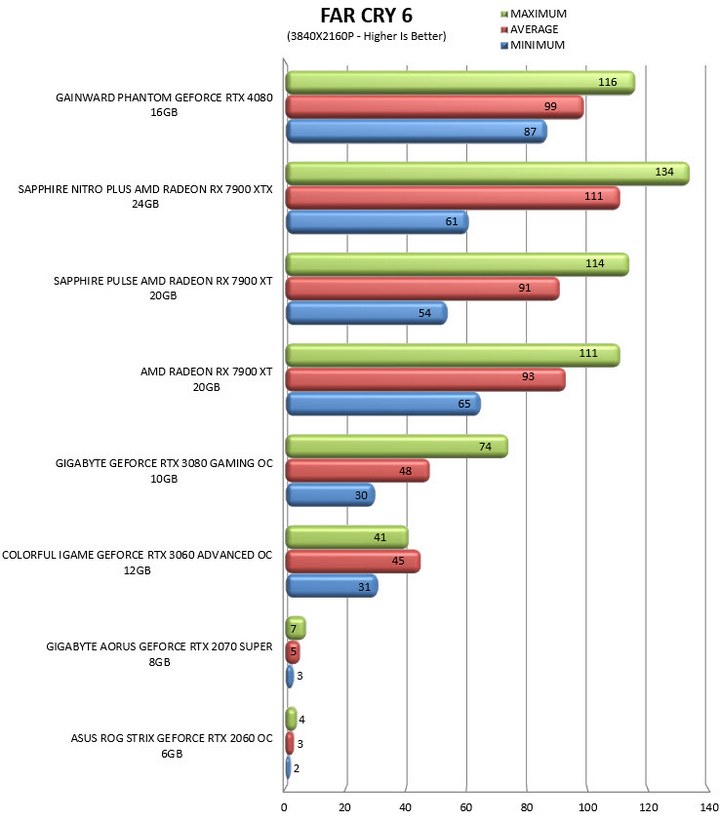
TEST RESULTS – FORZA HORIZON 5
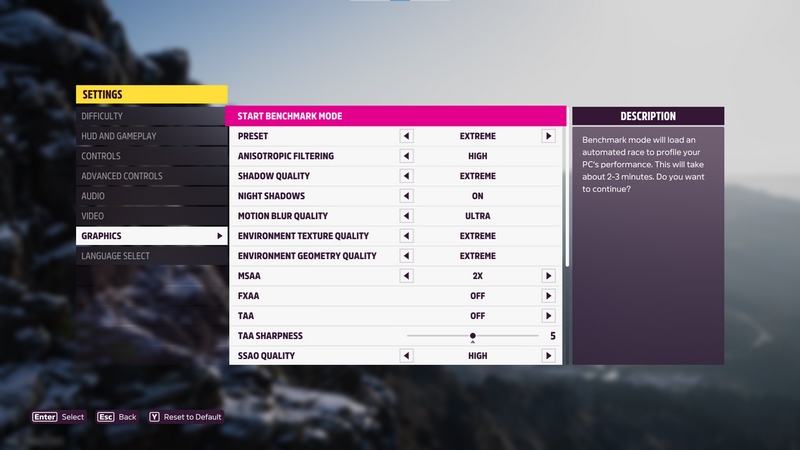
Forza Horizon 5 uses ForzaTech, a proprietary engine built by Turn 10. Graphics are set to Extreme (RT is always enabled at high).
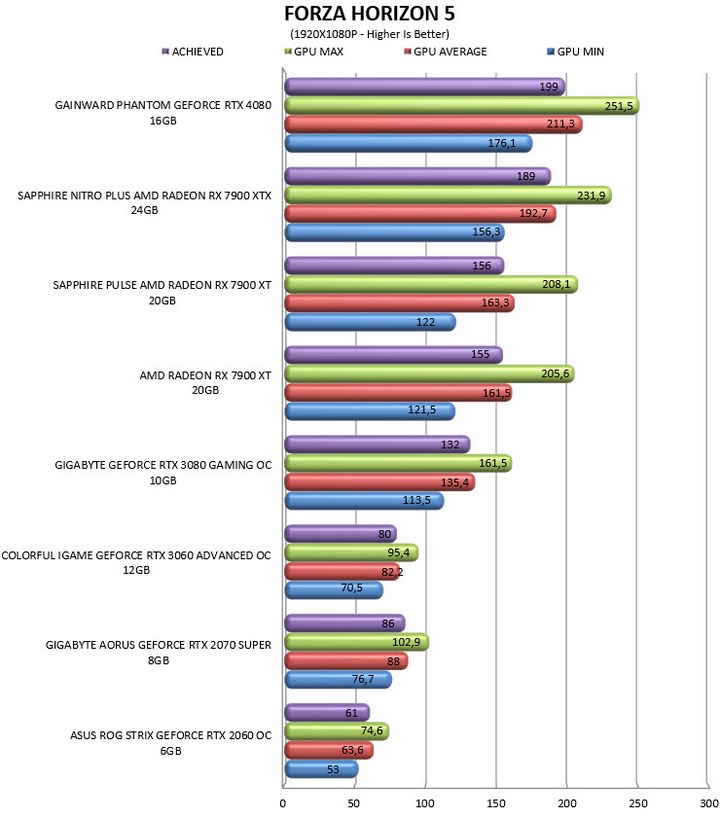
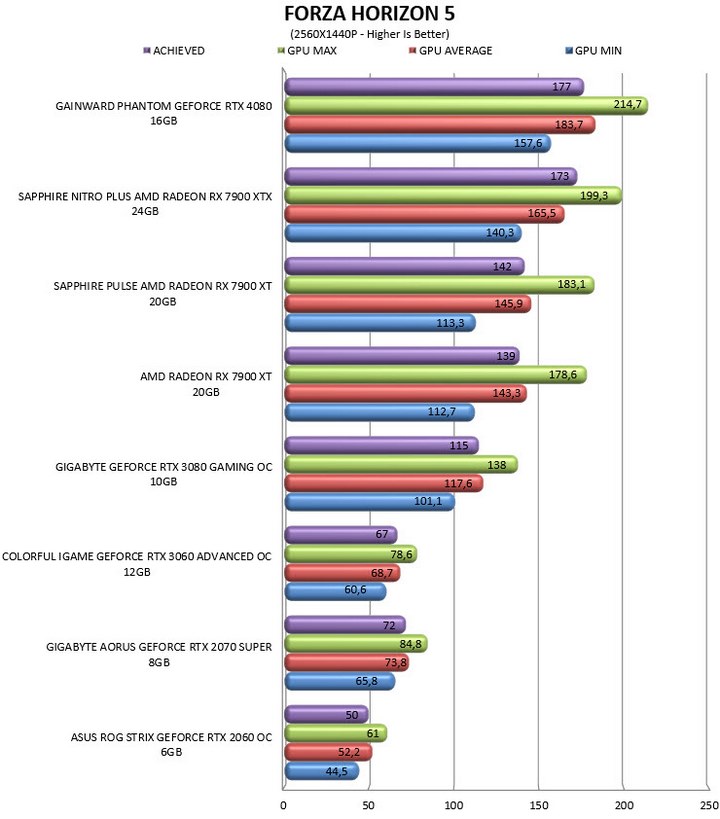
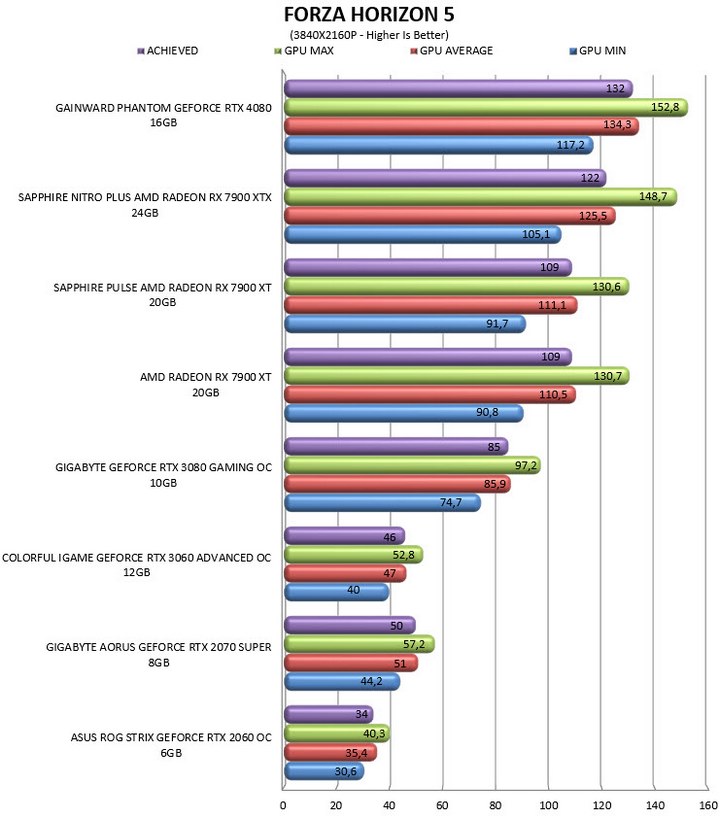
TEST RESULTS - GUARDIANS OF THE GALAXY
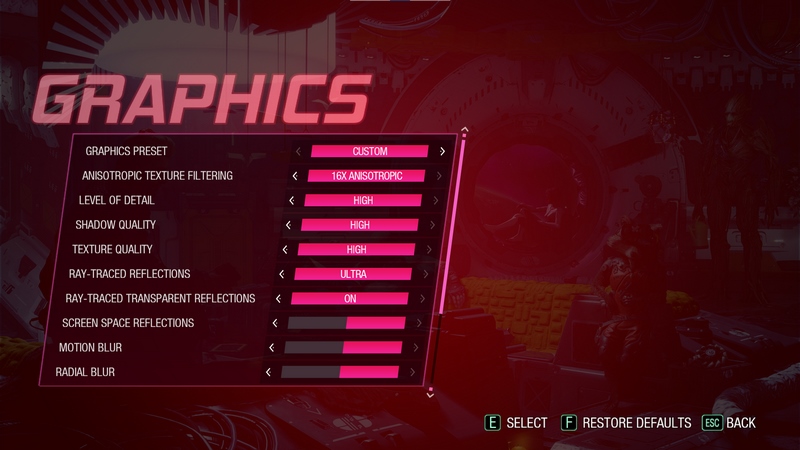
Guardians Of The Galaxy is based on the Dawn Engine by EIDOS. Graphics are set to maximum (RT Ultra/Off).
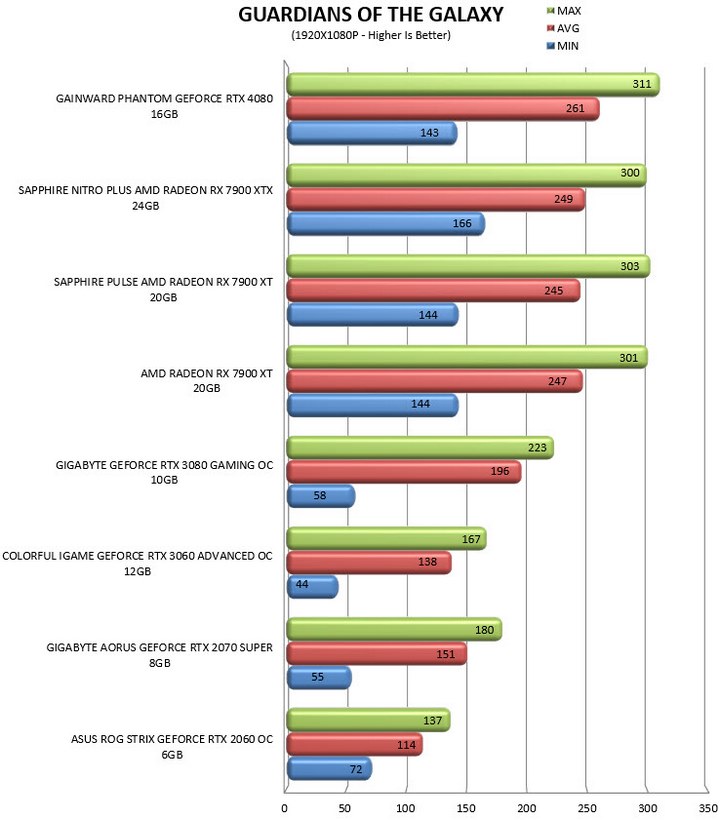
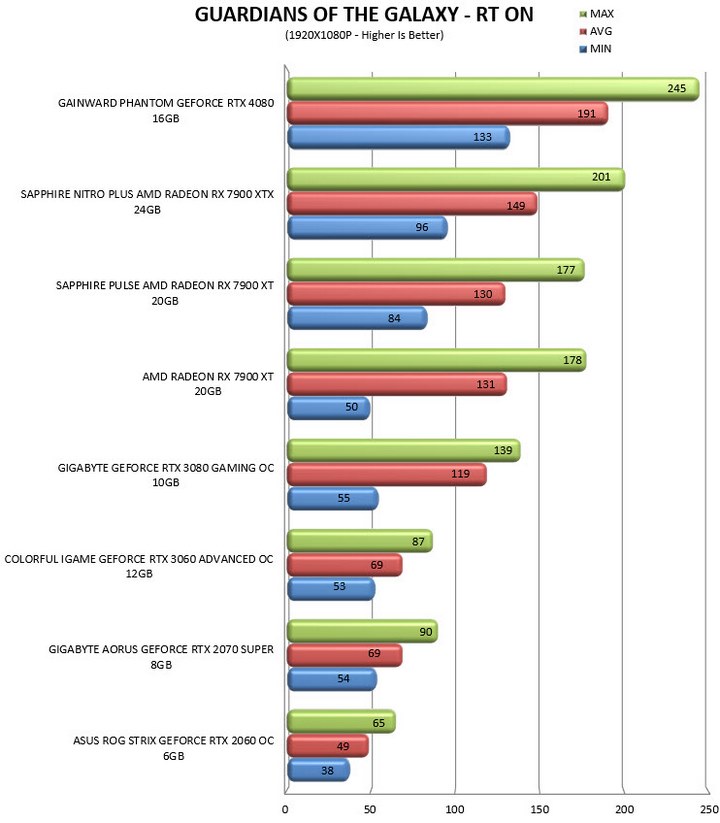
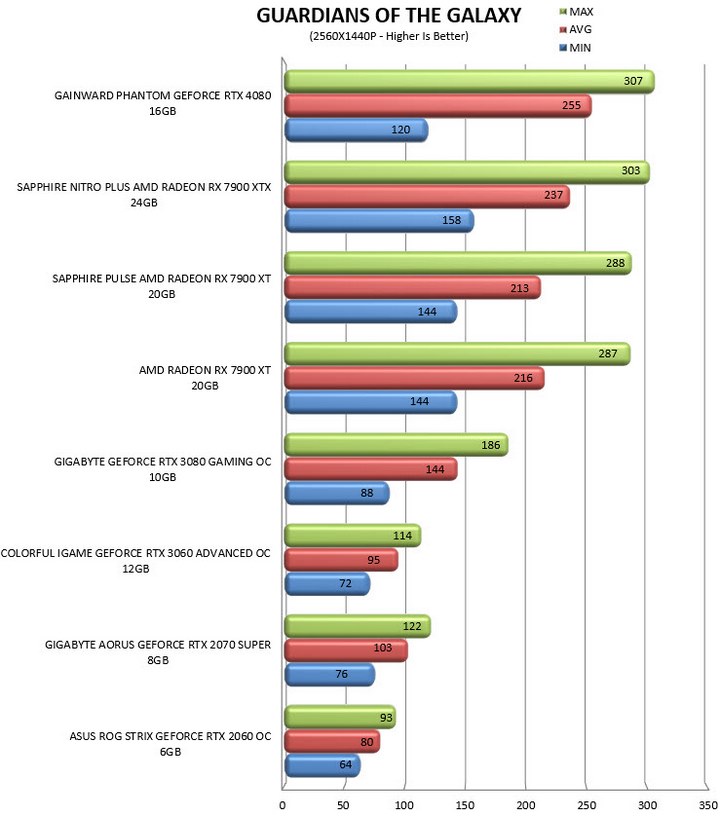
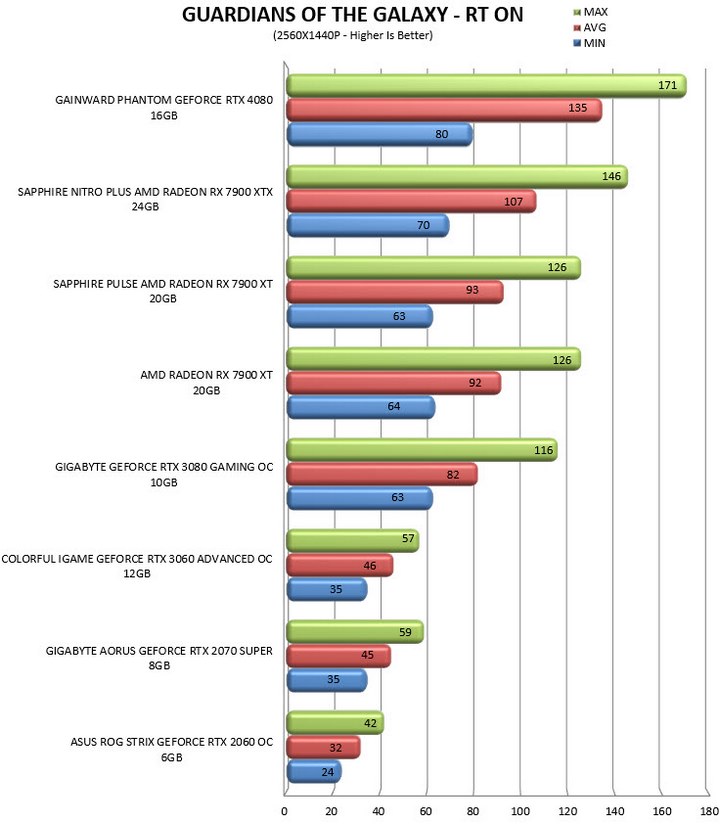
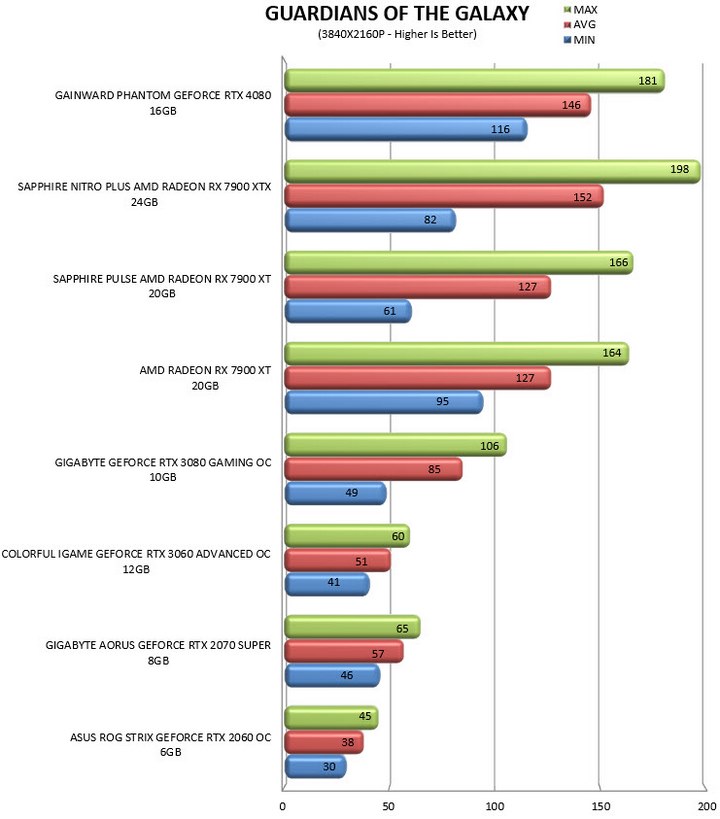
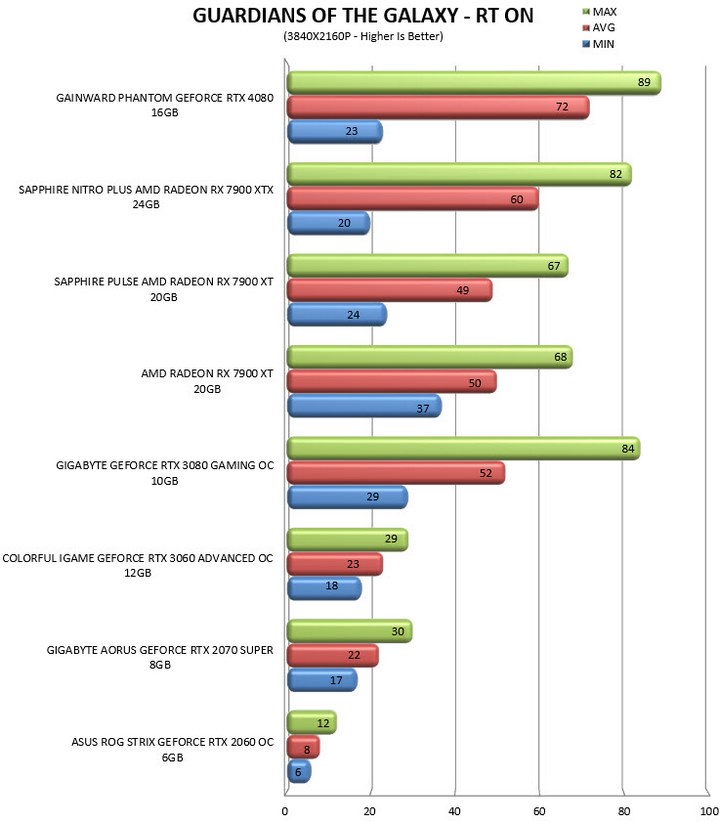
TEST RESULTS - HORIZON ZERO DAWN CE
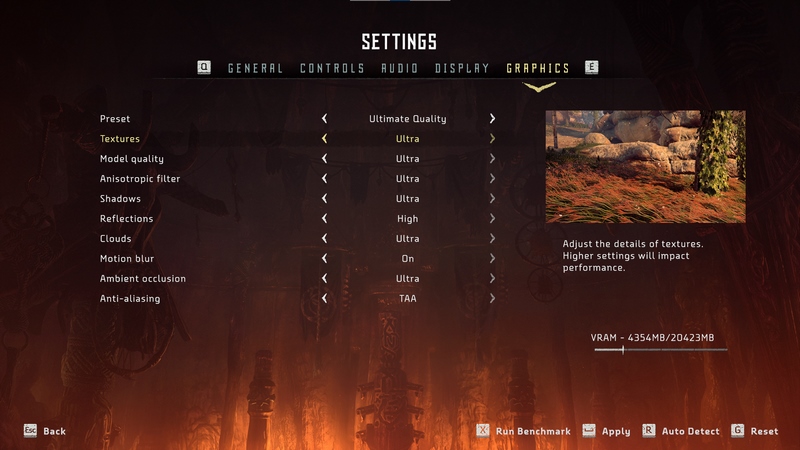
Horizon Zero Dawn CE (Complete Edition) is based on Guerrilla Games' Decima engine. Graphics are set to Ultimate Quality.
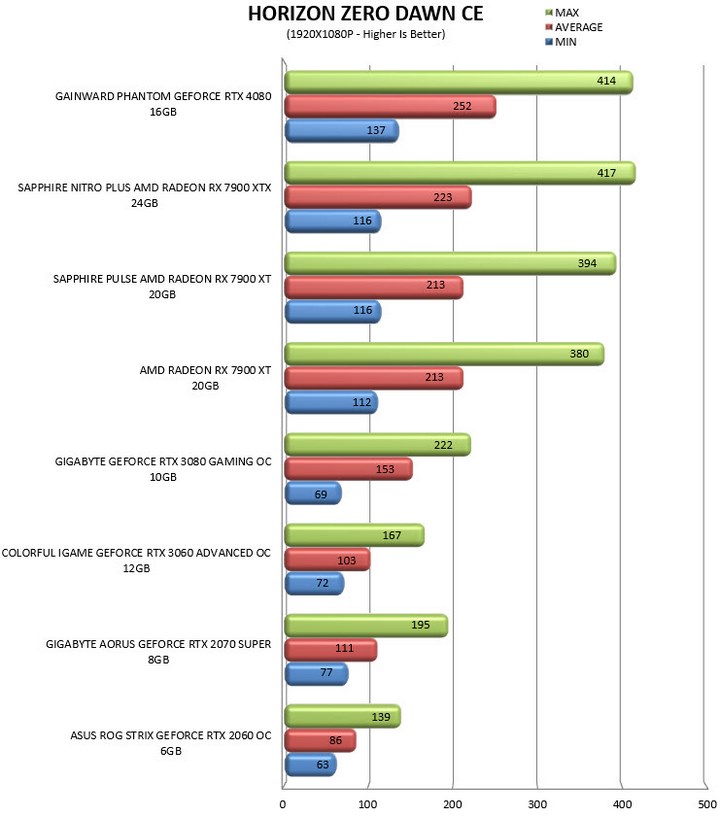
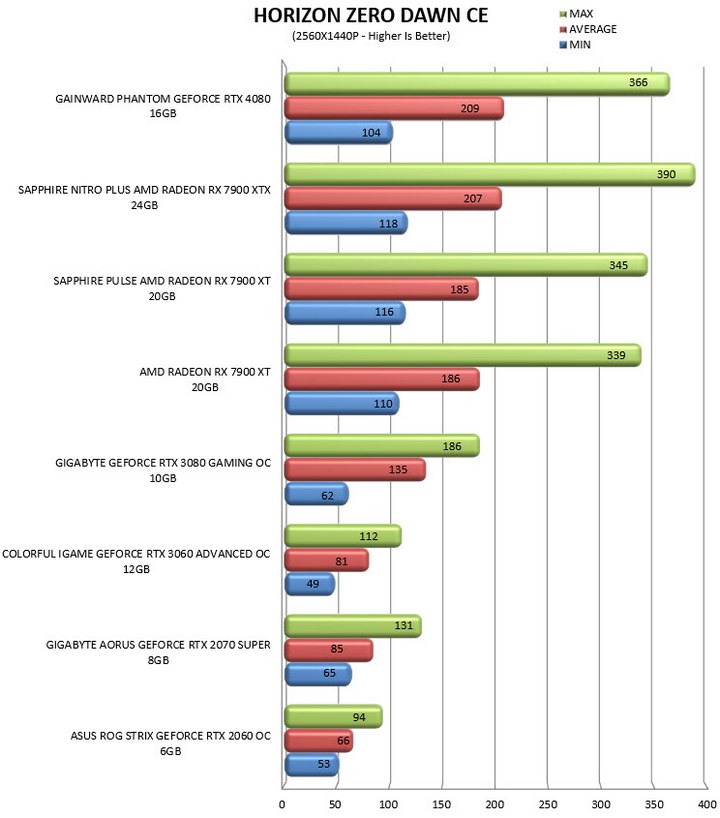
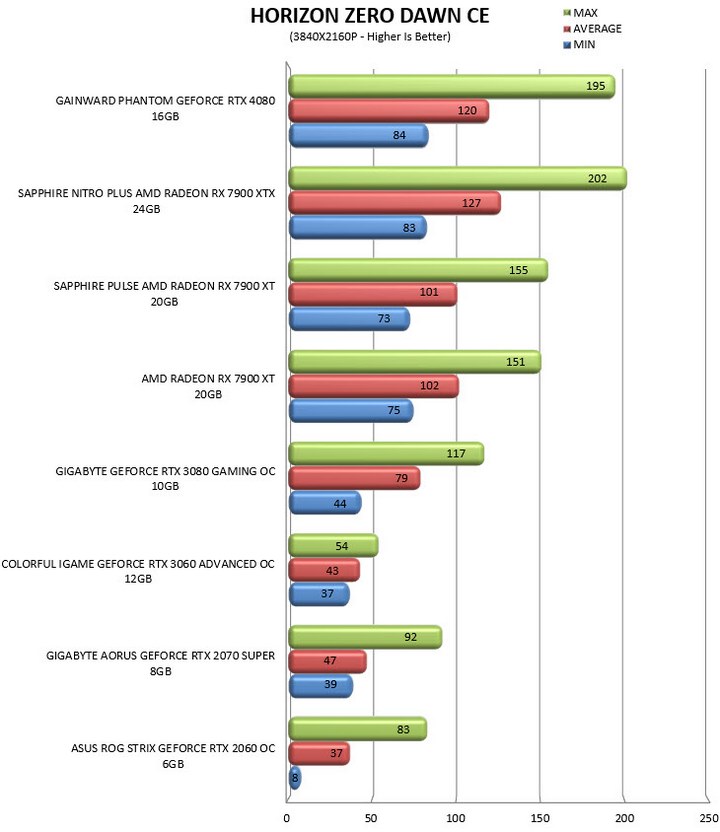
TEST RESULTS - METRO EXODUS ENHANCED EDITION
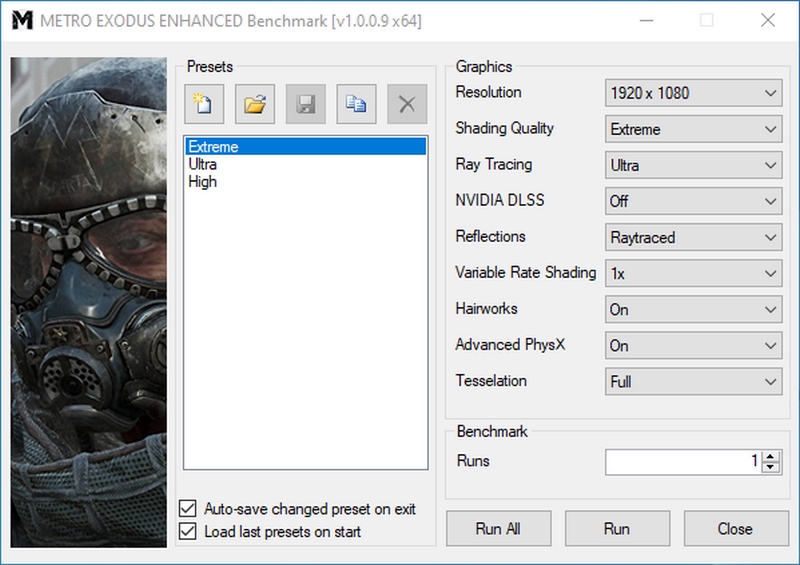
Metro Exodus Enhanced Edition is based on the 4A Engine and contains huge graphical upgrades compared to the normal version, including Ray Traced Emissive Lighting. Graphics are set at Extreme quality.
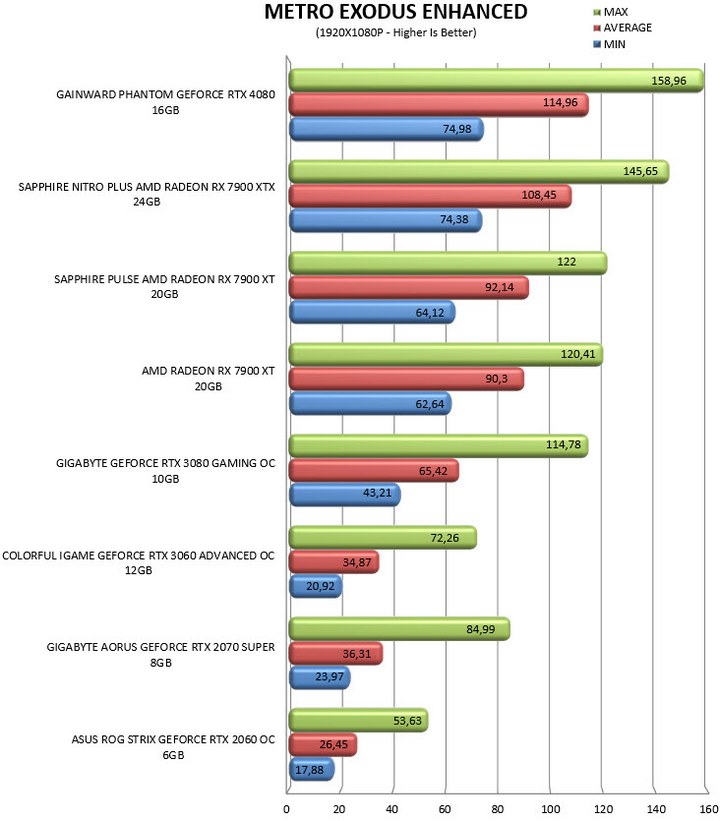
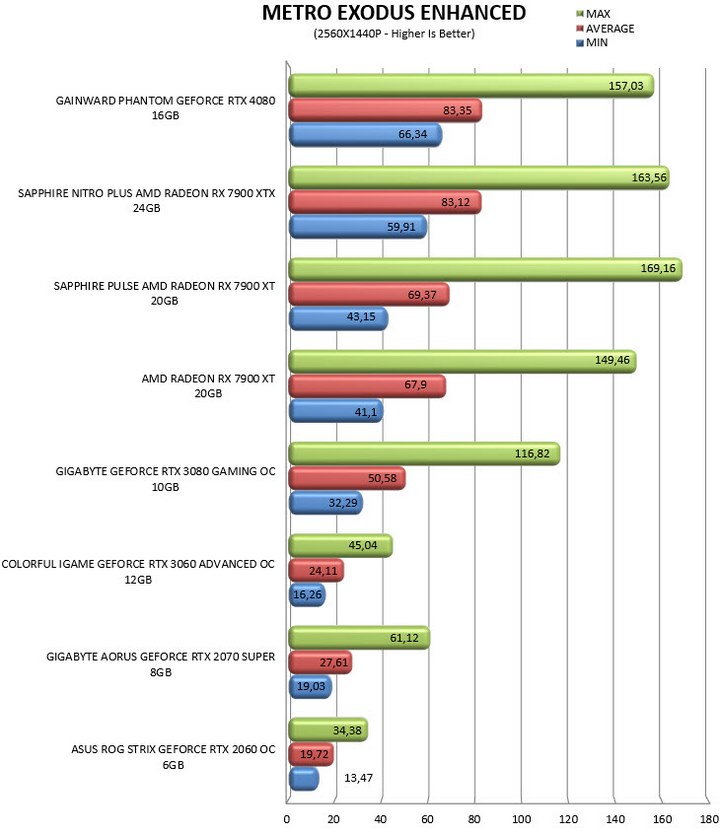
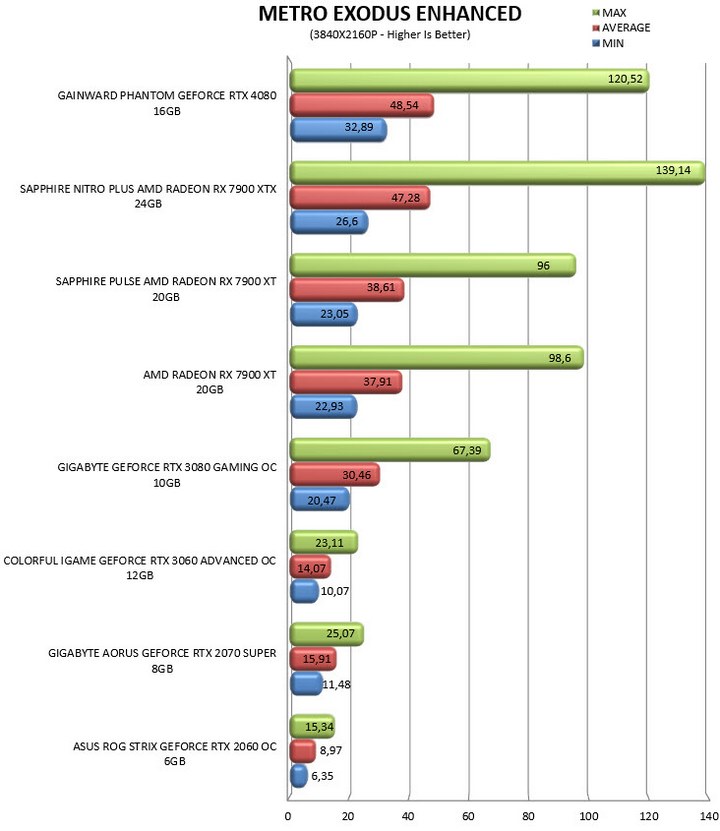
TEST RESULTS – RED DEAD REDEMPTION 2
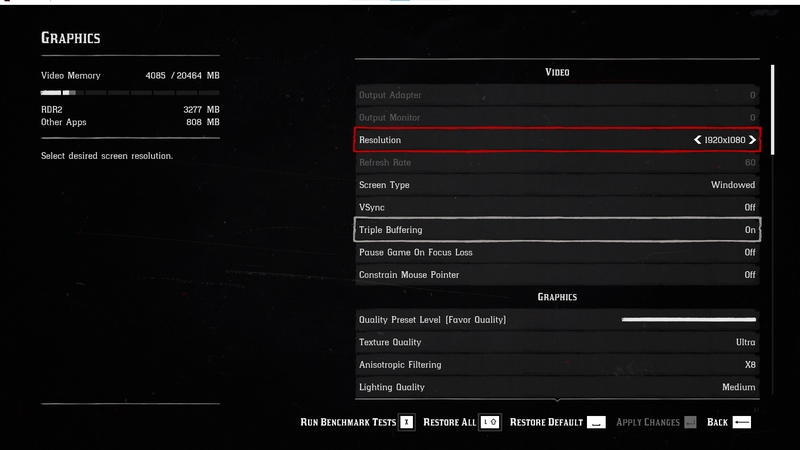
For Red Dead Redemption 2 Rockstar has used their RAGE engine (Rockstar Advanced Game Engine). Graphics preset level slider is set to favour quality.
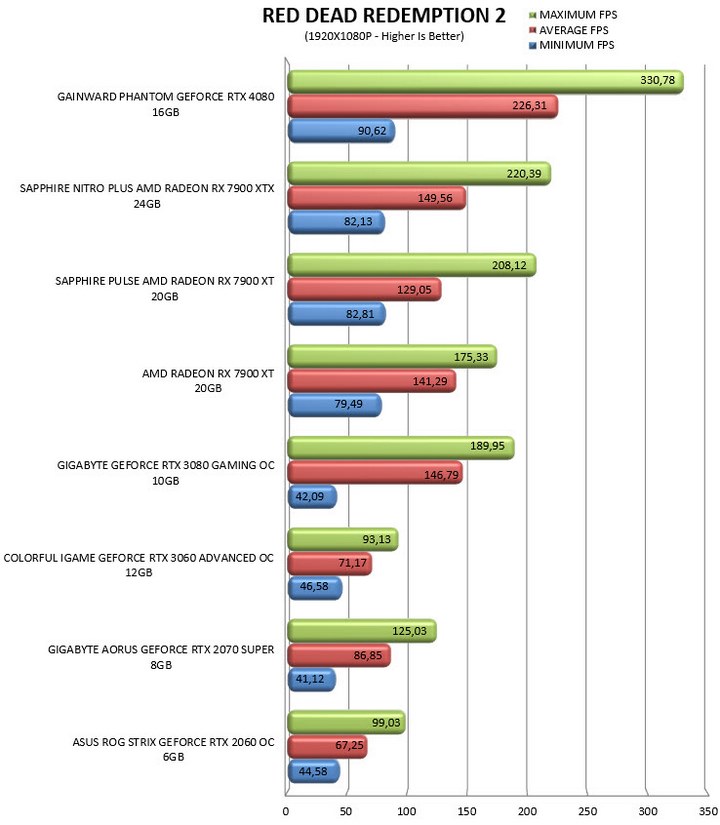
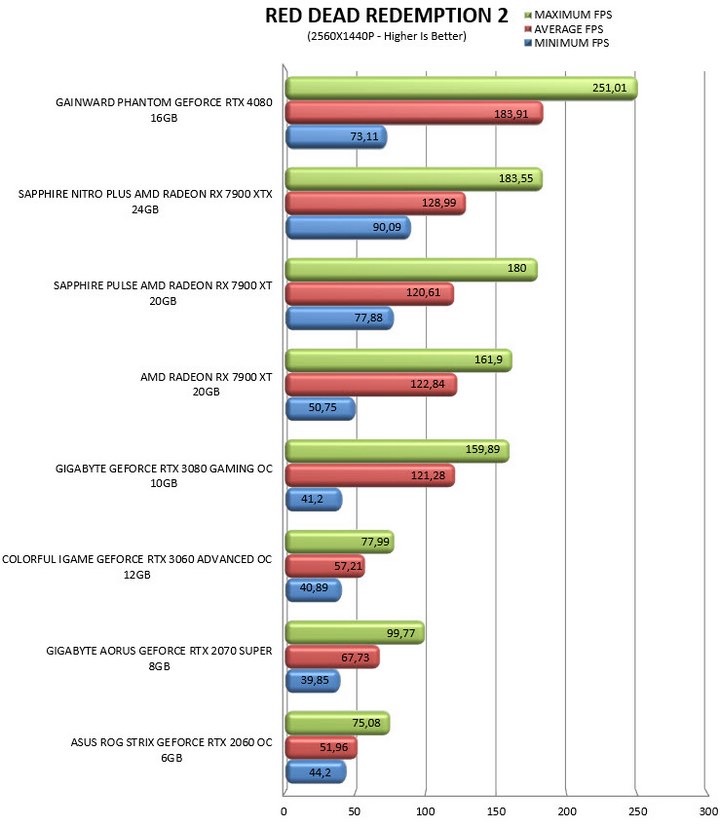
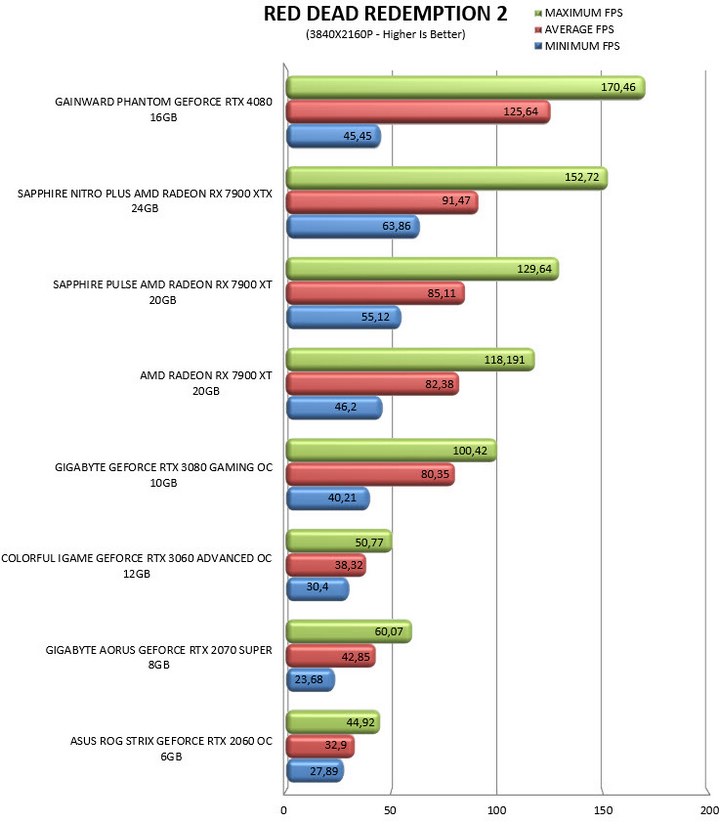
TEST RESULTS – RETURNAL
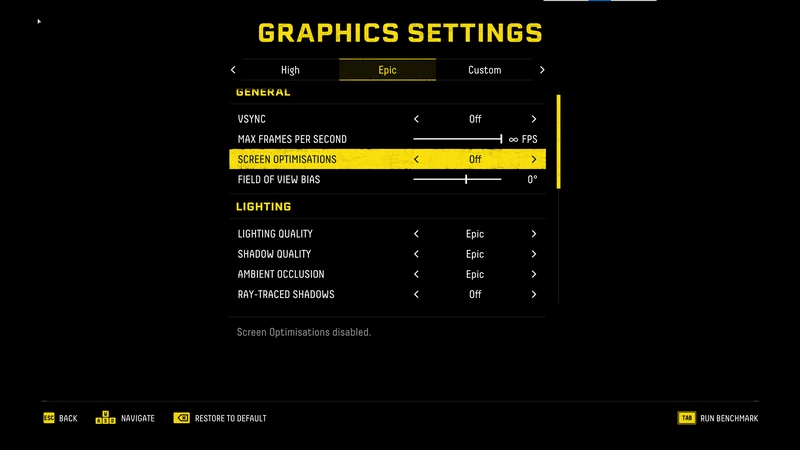
Returnal is also based on Unreal Engine 4. Graphics are set to EPIC (RT EPIC/Off).
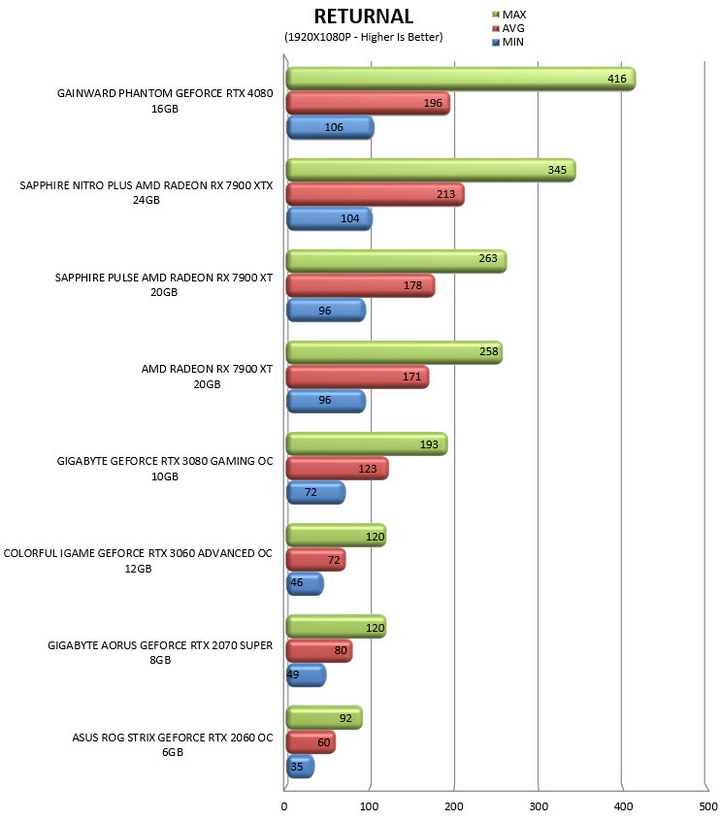
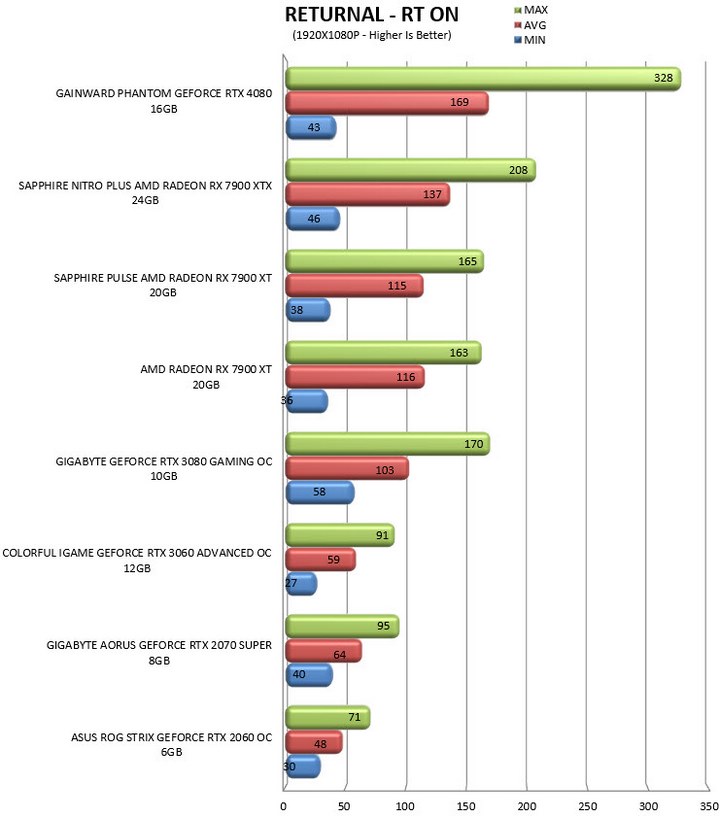
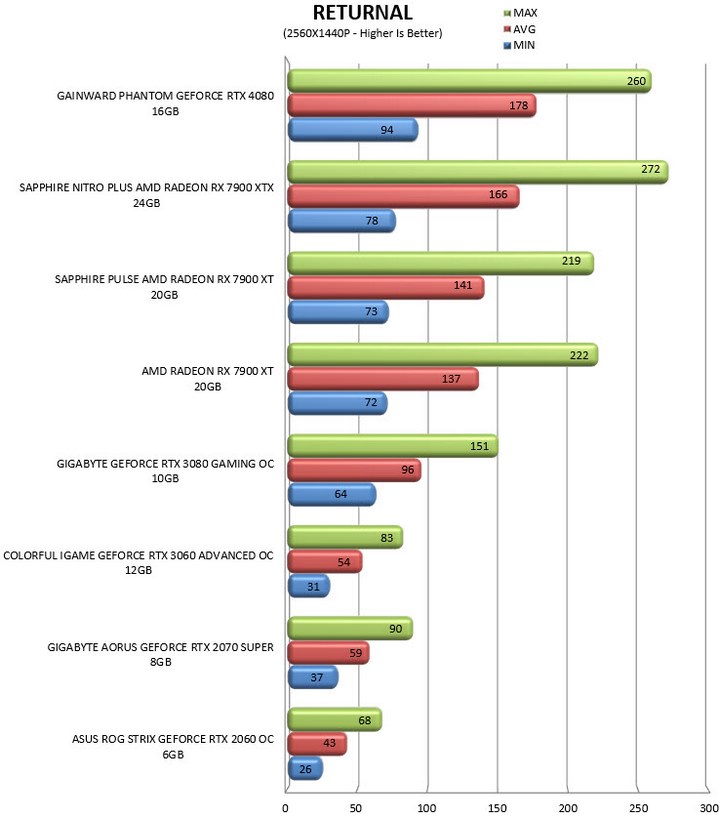
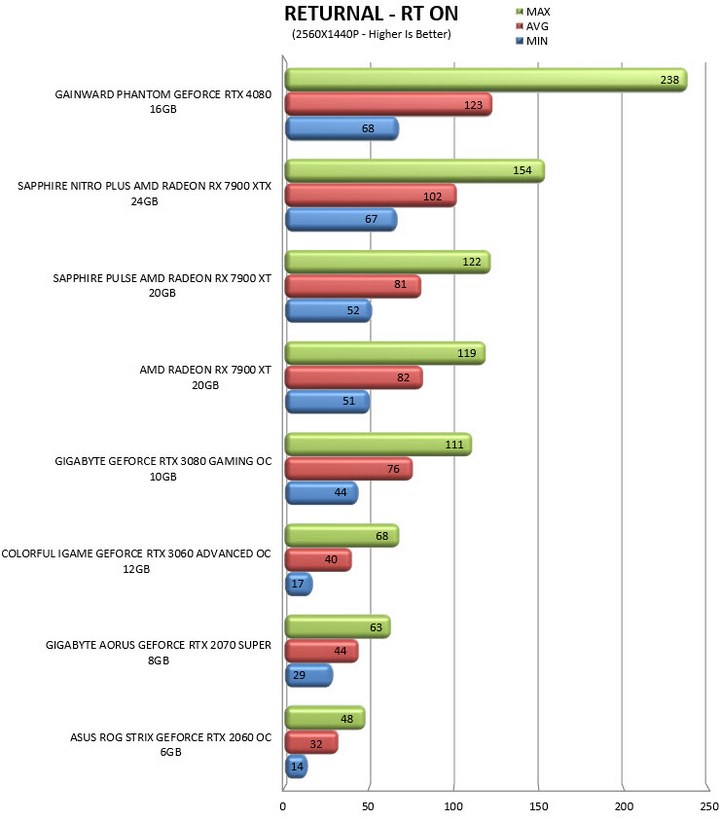

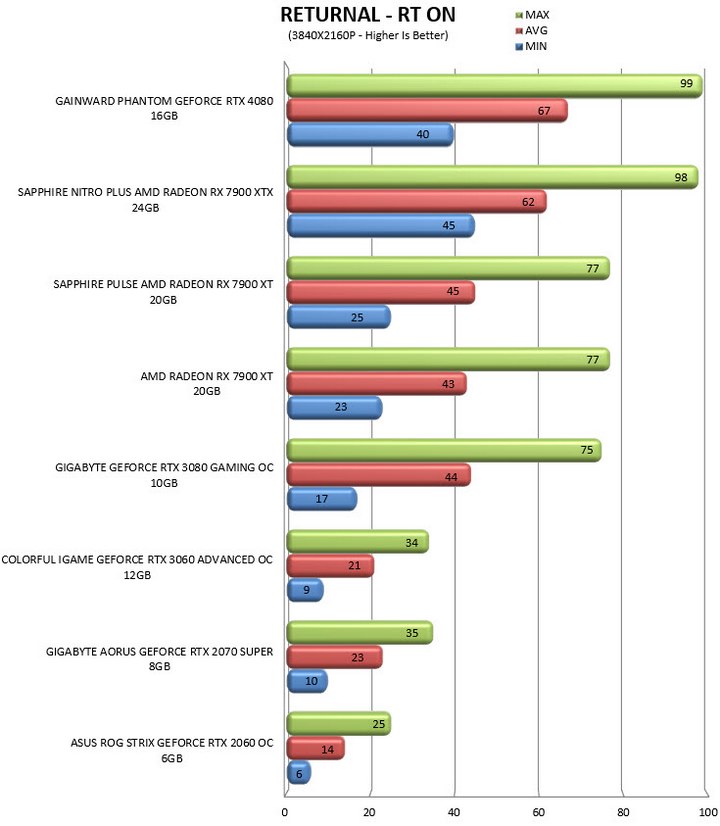
TEST RESULTS - OVERCLOCKING
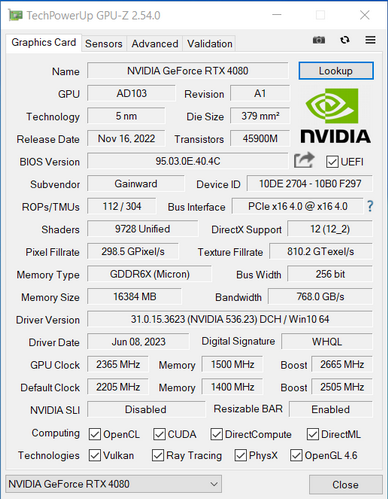
I don’t really enjoy overclocking top models like the GeForce 4080 Phantom but since it was very easy, I pushed boost clocks to 2665MHz and memory to 1500MHz (consider this to be a very safe OC).
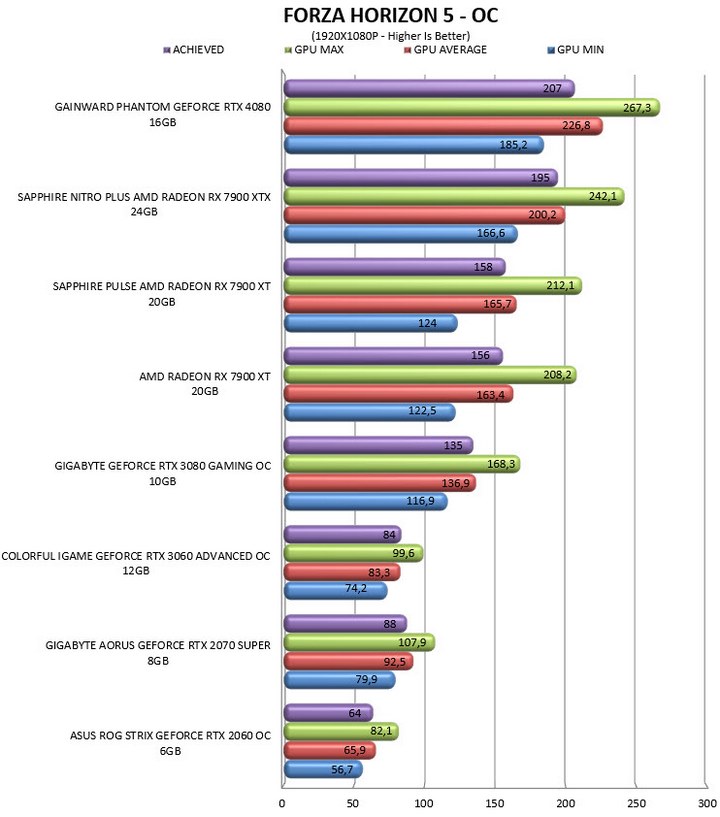
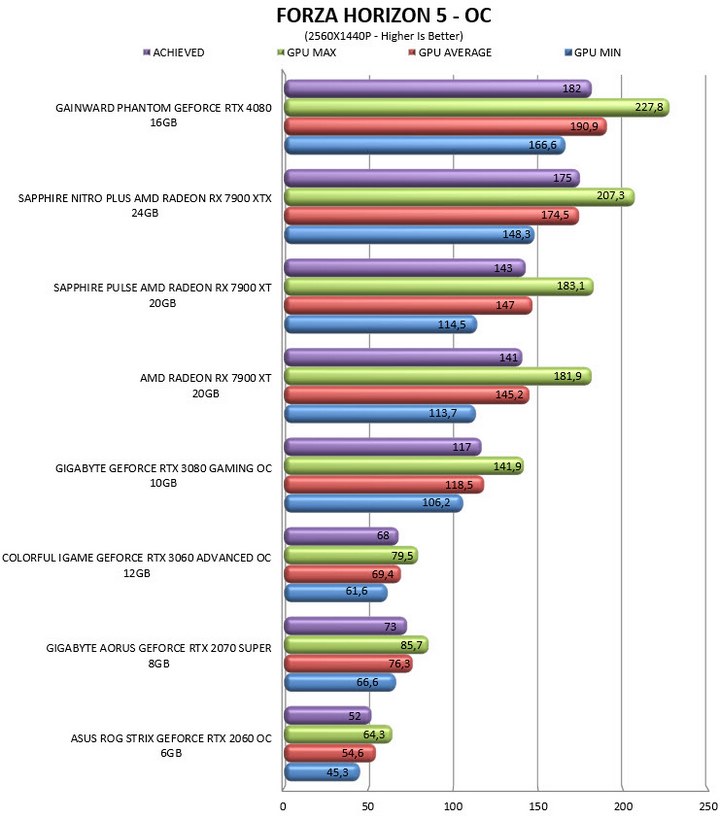
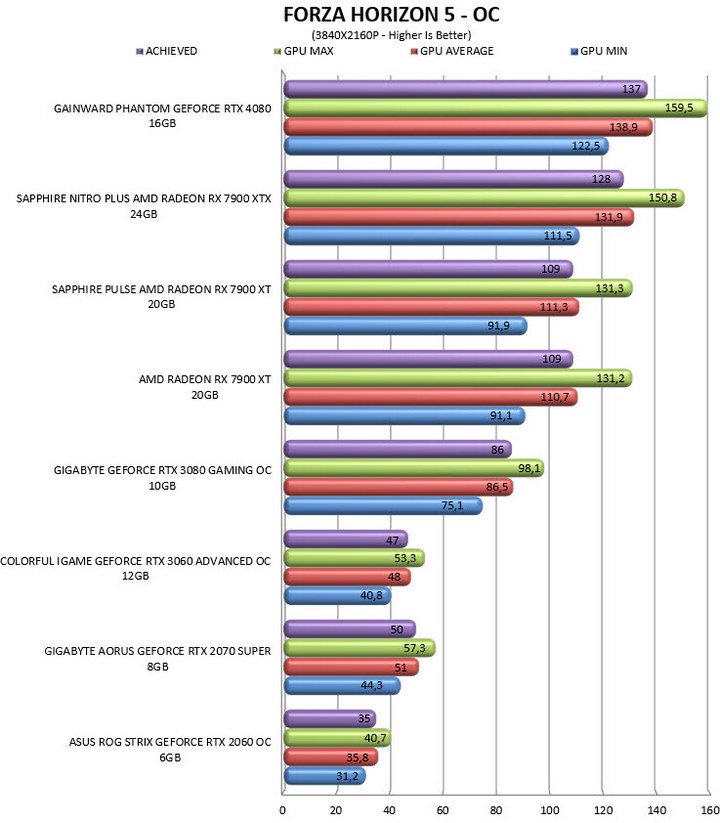
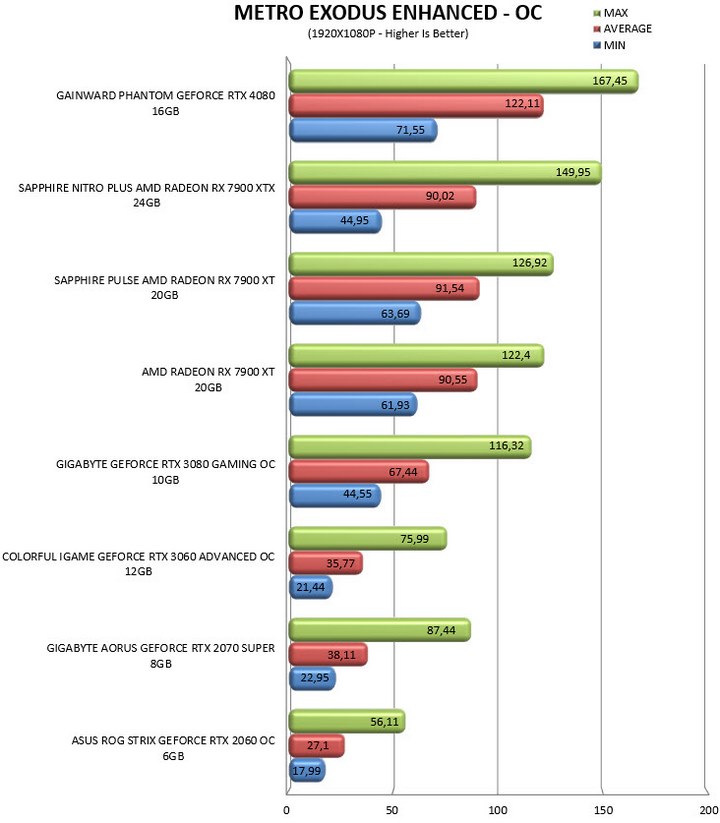
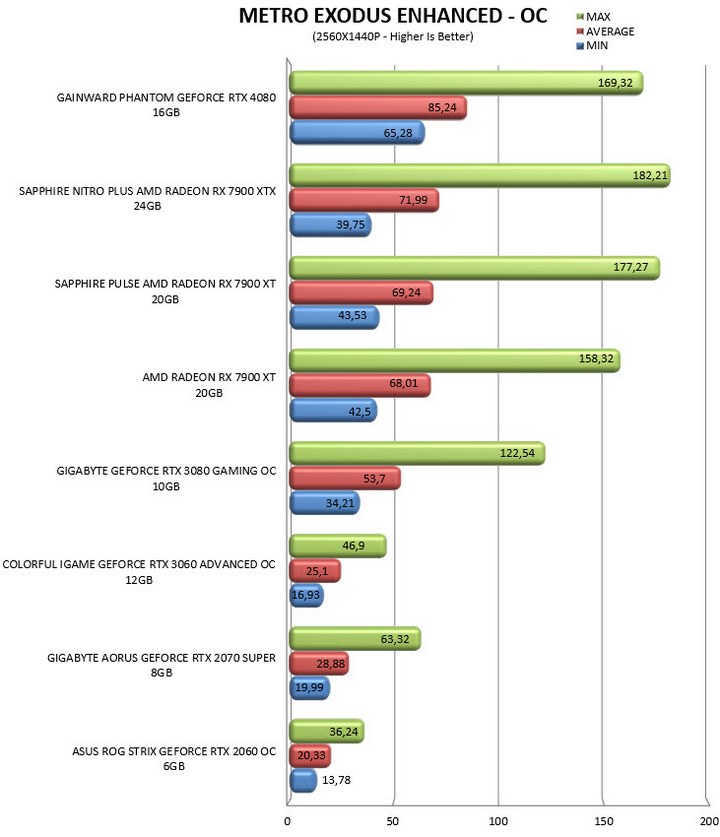
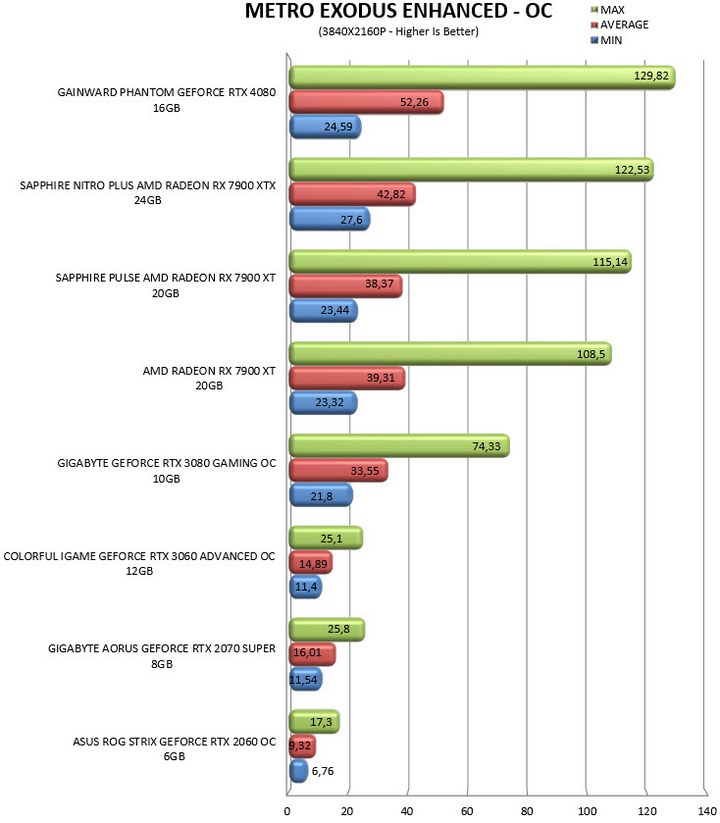
TEST RESULTS - POWER CONSUMPTION / TEMPERATURES / NOISE LEVELS

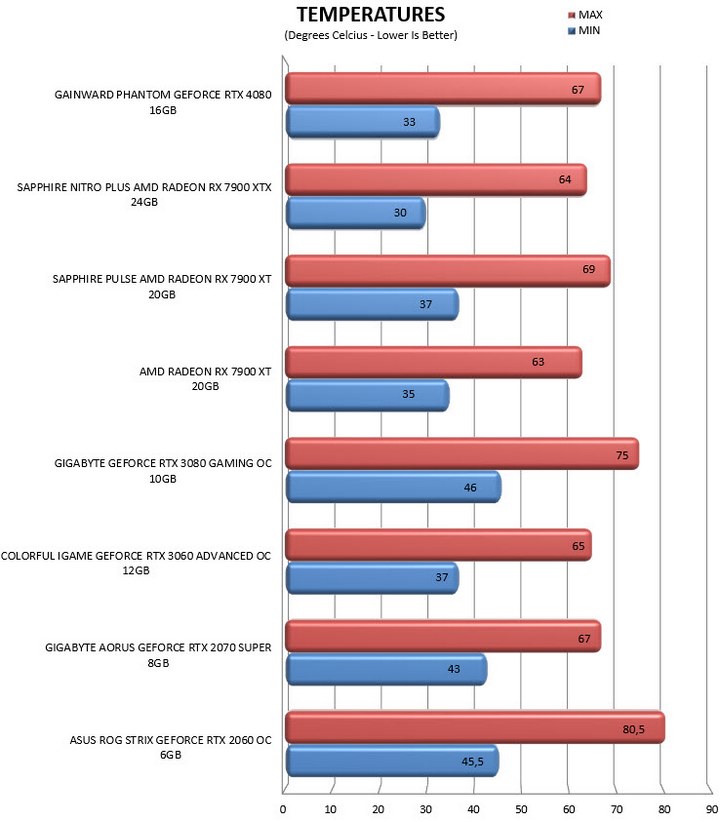

CONCLUSION
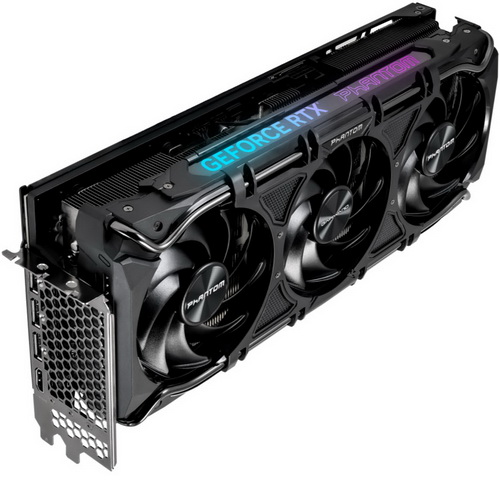
The GeForce RTX 4080 by NVIDIA is the 2nd most powerful graphics card in the market today only surpassed by its larger brother the GeForce RTX 4090. Indeed, even 4k gaming is possible with one such card and even though this doesn’t include RT heavy titles like Cyberpunk 2077 or Chernobylite if you choose to enable DLSS 3 even that's not a problem. Power consumption is also rather low, always compared to the direct competitor of the GeForce RTX 4080, the Radeon RX 7900 XTX. The same more or less applies for noise levels and temperatures although there both the Gainward and Sapphire cards perform roughly the same. The almost all-black color theme of the Phantom is something some will like quite a bit while others will probably avoid due to the lack of rich ARGB lighting like the Phoenix model again by Gainward. My sole issue with the GeForce RTX 4080 Phantom is the exact same one I had with the Radeon RX 7900 XTX Nitro+ by Sapphire, size. To be more precise size and weight something which manufacturers are already aware and thus provide holders with their cards. These holders do a relatively good job for the most part (certainly not excellent) but nothing can be done about size and so even in large cases you may have a hard time mounting them (especially if you have fans, a radiator or both mounted at the front of your case).
The GeForce RTX 4080 Phantom 16GB graphics card by Gainward currently retails for 1389.47Euros inside the EU (Amazon.de) a price tag which is obviously just a tad inflated compared to the official MSRP when the card was launched (nothing new with everything happening). The sole question is just how much its direct competition costs and so since currently most Radeon RX 7900 XTX cards like the Sapphire Nitro+ are just a tad less expensive it all comes down to whether or not you play RT games or just how much NVIDIA exclusive technologies like DLSS 3 are worth to you. Personally, I think that both the Sapphire Radeon RX 7900 XTX Nitro+ and the Gainward GeForce RTX 4080 Phantom are great cards (they do exchange blows a lot in my tests after all) and so the Platinum Award is once again in order.

PROS
- Excellent Build Quality (Materials / Backplate)
- Top Of The Charts Performance
- Good Overclocking Headroom
- Power Consumption, Noise Levels & Temperatures
- ARGB Zone
- Supported Technologies
CONS
- Size (For Some)
- USA Availability

 O-Sense
O-Sense





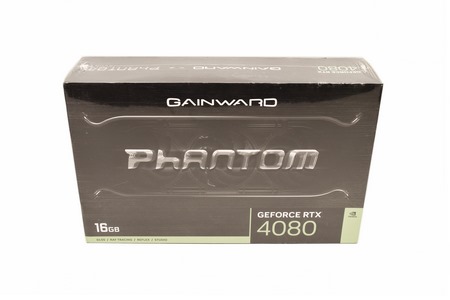


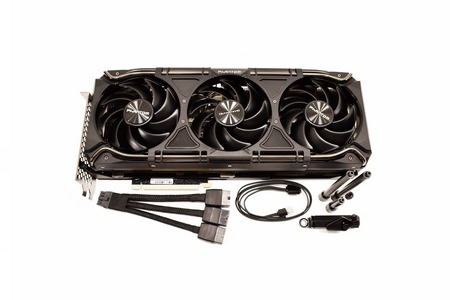


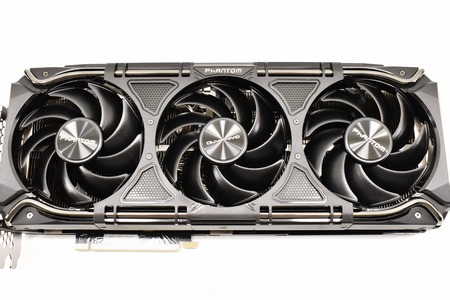






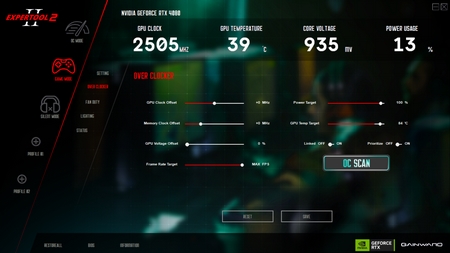
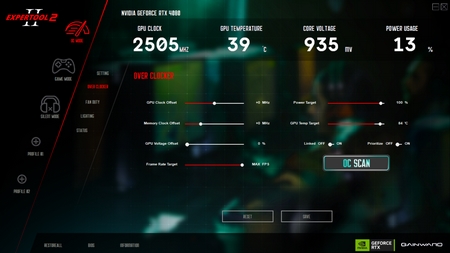
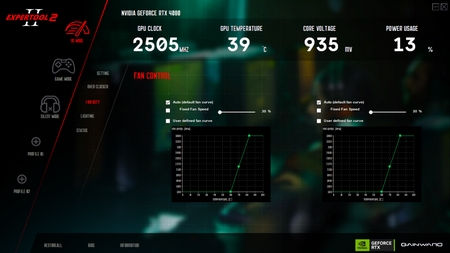
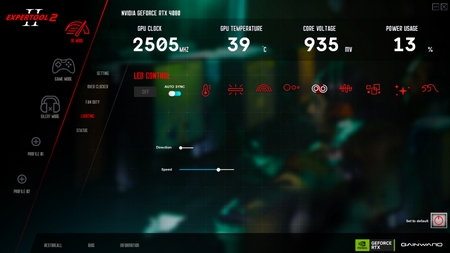
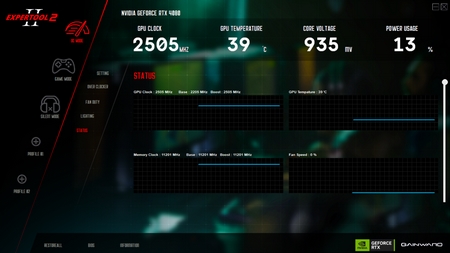


.png)

